ADF Showcase
It was the largest contingent of Australian Defence Force aircraft and helicopters at a Wings Over the Illawarra ever! The Royal Australian Air Force presented examples of the Boeing C-17A Globemaster III, Lockheed Martin C-130J, Boeing P-8 Poseidon, Alenia C-27J Spartan, McDonnell Douglas/Boeing F-18A Hornet, BAe Hawk-127 and the Pilatus PC-9A.
The Royal Australian Navy contributed by showcasing the Eurocopter EC-135T2+, Sikorsky MH-60R Seahawk, Bell 429 and the Airbus Helicopters MRH-90 Taipan.
The Army also participated with an example of the Sikorsky S-70A-9 Blackhawk present.
This huge level of commitment by the ADF to showcase these machines was a huge effort by the airshows organisers. It is a huge credit to the team to get them all. Aviation Spotters Online present you the first of a series of article covering this great event. Here is the ASO team’s overview of the ADF aircraft and helicopters on display during the event.
Boeing C-17A Globemaster III
A huge favourite of many airshow regulars is the always impressive RAAF C-17A Globemaster III.
Based at RAAF Base Amberley, eight C-17As are flown by 36 Squadron, and provide a logistics support to the ADF operations overseas. This includes operations in the Middle East, Afghanistan, as well as humanitarian operations in Japan and New Zealand as examples. The first RAAF example arrived in 2006,and has been a huge force multiplier to the RAAF.
Alenia C-27J Spartan
The RAAF ordered ten Alenia C-27J Spartans in 2012, to replace the DHC-4 Caribou which was retired in 2009. The C-27J Spartan is a battlefield airlifter. It fills the gap between the CH-47F Chinook and the C-130J Hercules. The aircraft are based at RAAF Richmond and flown by 35 Squadron. Once the new facilities are completed the squadron and the fleet will move to RAAF Amberley. The type is equipped with the engines and various other systems also used on the larger Lockheed Martin C-130J Super Hercules. Powered by two Rolls-Royce AE2100-D2A turboprops, which deliver some 3,460 kW (4,640 hp) each they are connected to 6-bladed Dowty propellers. The RAAF displayed A34-009 at WOI.
Lockheed Martin C-130J Hercules
A fleet of twelve C-130J Hercules are operated from RAAF Base Richmond in New South Wales. Operated by No. 37 Squadron the fleet entered service in 1999, replacing the C-130E models. The RAAF has flown the A, E, H and J model since the A model entered service in 1958. The J model introduced major changes which included a new two-crew flight deck and four Allison AE2100D3 turboprops (4,590 shaft horsepower each) driving 6-blade variable-pitch propellers.
The ‘J’ can seat 120 passengers, or 92 ground troops, or 64 paratroopers, or 74 stretcher patients and two medical attendants. No 37 squadron has a long and proud history. The Squadron was formed at RAAF Laverton, in Victoria in July 1943, and first equipping with Lockheed C-60 Lodestars that it operated across Australia, New Guinea and the Dutch East Indies. The squadron later equipped towards the end of the war with the Douglas C-47 Dakota. The Squadron disbanded in 1948, later reforming in 1966 with the C-130E. A97-440 was the aircraft displayed at the event.
Sikorsky MH-60R Seahawk
The latest aquistion to the Royal Australian Navy is the latest in submarine hunter and anti-surface warfare helicopter the Sikorsky MH-60R Seahawk. Twenty four of these state of the art helicopters are now in service having replaced the previous, S-70B-2 Seahawk fleet. The MH-60R is a huge technology jump from the older model, it is equipped with a highly sophisticated combat system designed which allows the employment of the Hellfire air-to-surface missiles and the Mark 54 anti-submarine torpedo. The primary missions of the ‘Romeo’ helicopter is anti-submarine warfare and anti-surface warfare. Secondary missions include search and rescue, logistics support, personnel transport and medical evacuation.
Flown by No 725 Squadron which is one of the Navies oldest squadrons, established in 1958 the Squadron has flown a variety of types. Including Douglas C47A Dakota, Auster J5-G Autocar, Hawker Sea Fury Mark 11, Fairey Firefly AS-5 and Fairey Gannet AS1. After a brief period of disbandment the Squadron recommissioned on 1 November 1962 flying the Westland Wessex 31A helicopters. The squadron again decommissioned on 27 December 1975. On 13 December 2012, 725 Squadron would again recommission as the new training squadron for the Romeo aircraft while 816 Squadron will be the operational support squadron.
The Navy brought the Romeo to display at WOI and certainly put the helicopter through its paces. The display by the crew certainly entertained the crowd. N48-022 was the aircraft displayed at WOI.
Boeing P-8 Poseidon
The latest in maritime intelligence, surveillance, reconnaissance and response roles aircraft, the Boeing P-8A Poseiden was displayed at WOI for the first time this airshow. Eventually 15 of these highly sophisticated aircraft are set to join the RAAF based out of RAAF Base Edinburgh, it forms part of Australia’s future maritime patrol and response strategy. Replacing the
The P-8A Poseidon has advanced sensors and mission systems, including a state-of-the-art multi-role radar, high definition cameras, and an acoustic system with four times the processing capacity of the AP-3C Orions. The aircraft is based on the proven design of Boeing’s 737-800. The airframe has been modified to include the following; a weapons bay, under wing and under fuselage hard points for weapons and strengthening for low its low level operations.
The first aircraft arrived in Canberra on 16 November 2016, the seventh example is due in the country very shortly. A47-002 was the aircraft displayed.
RAAF Roulettes
The integral part to the RAAF’s pilot training is the Pilatus PC-9A. The PC-9/A is designed by Pilatus Switzerland and was built under license by Hawker de Havilland in Sydney. The RAAF became the first customer to specify the advanced electronic flight information system (EFIS) ‘glass’ cockpit. The first RAAF aircraft, A23-001, flew on 19 May 1987. The RAAF ordered sixty seven examples of the aircraft. By 1989 the type was active in training ADF pilots. After successful screening completing the Basic Flying Course at the ADF Basic Flying Training School. Graduates then undertake the Advanced Flying Training Course with Number 2 Flying Training School at RAAF Base Pearce. Pilots fly 130 hours in the PC-9/A, and proceed to a flying squadron once their wings have been earned.
The PC-9/A is also based at RAAF Base East Sale. It is used to teach qualified RAAF pilots to become flying instructors. Qualified instructors who conduct this course are eligible to fly with the Roulettes.
There are four modified aircraft which fly with 4 Squadron based at RAAF Base Williamtown. These aircraft fly in the Forward Air Control (FAC) mission. Painted tactical grey they are fitted with smoke grenade dispensers for target marking. They are used to train ADF Joint Terminal Attack Controllers (formerly forward air controllers) who coordinate air support to troops on the ground.
Now in the very twilight of the types career, the PC-9A has been the mount of the Air Force’s aerobatic display team, the Roulettes, since 1990.
RAAF BAe Hawk-127
The Air Force’s Lead in Fighter prepares qualified Air Force pilots for conversion to F/A-18A and F/A-18B Hornets and F/A-18F Super Hornets. First entering service to replace the CAC built MB-326H ‘Macchi’ in 2001. Currently they are being upgraded under the AIR 5438 Lead-In Fighter Capability Assurance Program. Thirty Three Hawk 127 were ordered, twelve of which were produced in the UK and 21 in Australia. The Hawk is flown and based at two seperate squadrons in Australia. No 76 Squadron based at RAAF Base Williamtown near Newcastle, and No 79 Squadron at RAAF Base Pearce near Perth. A27-13 and 32 were the two aircraft on display during the event.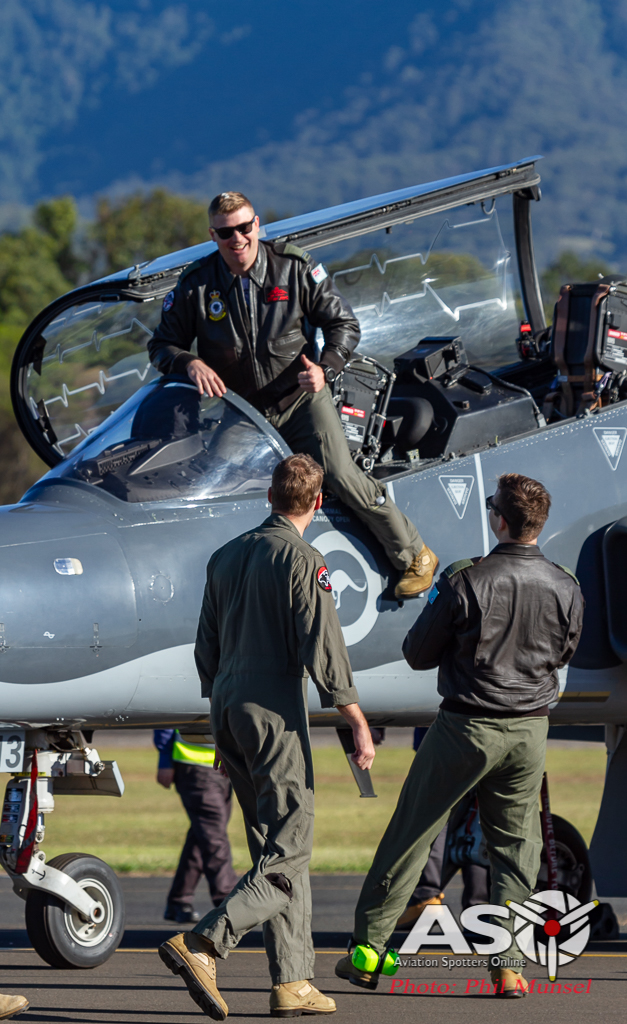
RAAF F/A-18A Classic Hornet
The RAAF provided two McDonnell Douglas F/A-18A ‘Classic’ Hornets at WOI. Now in the twilight part of their fleets careers, the Hornet still has that sleek, agile and go fast or go home look about it. The two aircraft both A models, A21-16 and A21-33 are both veterans of missions in the Middle East, dropping ordnance as part of the Joint Coalition operation Okra.
Some seventy five F/A-18A and two seat B models were ordered, with deliveries commencing in 1985. Now after thirty three years of service the fleet, and its operational squadrons, have begun winding down and transitioning to the Lockheed Martin F-35 Lighting II. 3 Squadron has withdrawn the type from service leaving No 77, 75 and 2OCU continuing to fly the type until sufficient numbers of F-35s are in the country. The first F-35A aircraft is scheduled to be accepted into Australian service in late 2018 and the first squadron, No 3 Squadron, will be operational in 2021. All 72 aircraft are expected to be fully operational by 2023.
At WOI it was display pilot FLTLT Matt “Traylz” Trayling, flying the Hornet and showing the crowd what the aircraft is capable of. His display was a combination of tight turns, high energy manoeuvres and of course NOISE!!! A21-16 and 33 were the two aircraft on display.

A21-16 flies with a special anniversary tails promoting 75 years of the Number 2 Operational Conversion Unit based at Williamtown currently.
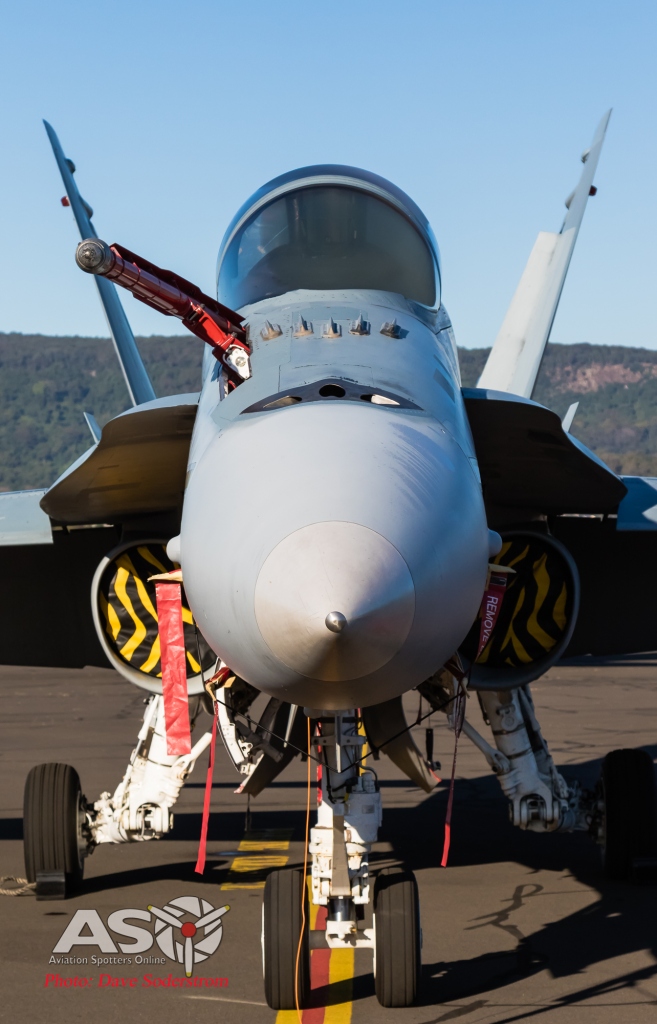
The business end of the Hornet. The aircraft is fitted with a M61 Nose-Mounted 20mm Cannon. Of note is the deployed Air to Air refuelling probe.
Canadair CL-604 Challenger
The RAAF operates three of the Canadair CL-604 Challengers. Based at Fairbairn in the Australian Capital Territory, they are operated by No. 34 Squadron. Delivered in 2002 they compliment the larger Boeing Business Jets also operated by the Squadron. The type is operated to provide transport for the Australian government as required. A37-002 visited WOI.
RAN EC-135T2+
The EC-135T2+ is the type operated a part of the Helicopter Aircrew Training System (HATS) based at HMAS Albatross in Nowra, Southern NSW. Operated by No 723 Squadron fifteen examples are flown and managed with assistance from Boeing Australia. The HATS concept is designed to teach joint Navy and Army crews to operate and train before advancing to other types within the ADF fleet. During WOI N52-010 was on static display for the entire event.
RAN Bell 429 Global Ranger
Operated by the Navy’s 723 Squadron in Nowra, the type is operated to screen junior aircrew and help improve and maintain their skills. Crews then hone their skills before they start flying the MH-60R Seahawk or the MRH-90 helicopters. Four examples are flown by the squadron. N49-218 was on static display at WOI.
RAN MRH-90 Taipan
The RAN and the Army has ordered a total of forty seven of this multi-role battlefield and maritime support helicopter. The Multi Role Helicopter (MRH) was ordered to replace the ADF‘s fleet of Black Hawk and Sea Kings. Six examples are pooled with the Army. Flown by 808 Squadron from HMAS Albatross at Nowra the type was introduced to the squadron in 2013. A40-16 was the aircraft on display during the WOI event.
Army S-70A-9 Blackhawk
Now nearing the end of their operational service. The Army took delivery of some thirty nine examples of the Blackhawk with production of the type undertaken at the Hawker de Havilland factory. Initially they went into service with 9 Squadron RAAF, with them transferring to the the Army Aviation Corps and flown by the 5th Aviation Regiment based at Townsville Queensland and the Army School of Aviation at Oakey Queensland. A25-112 was the aircraft on display at WOI.
Aviation Spotters Online wishes to congratulate the organisers of the airshow and the Australian Defence Force services for their support and great displays.



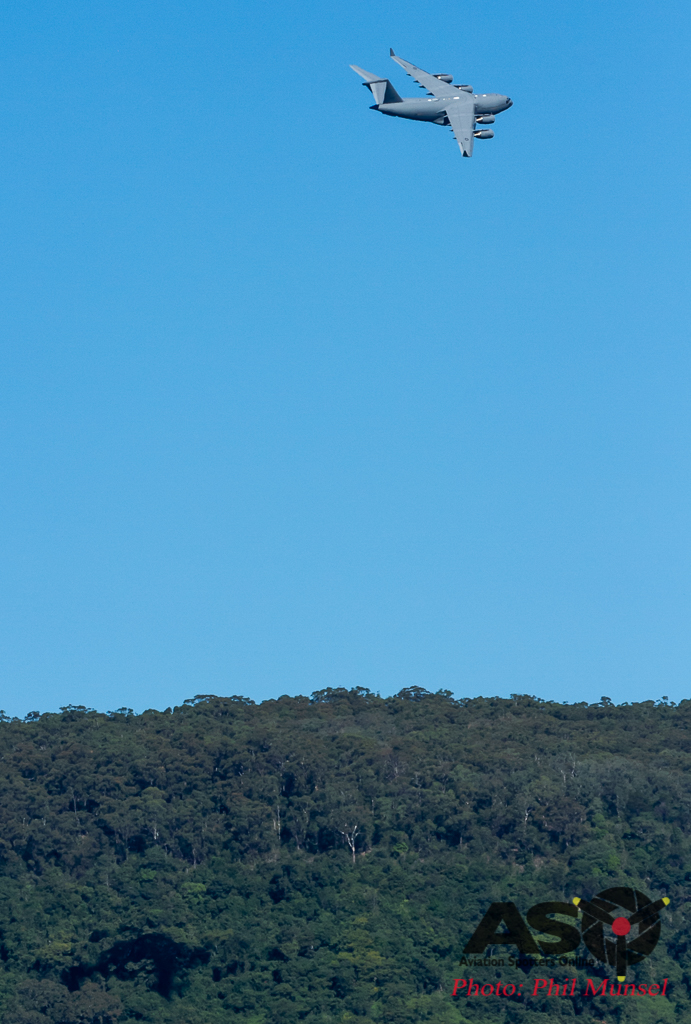

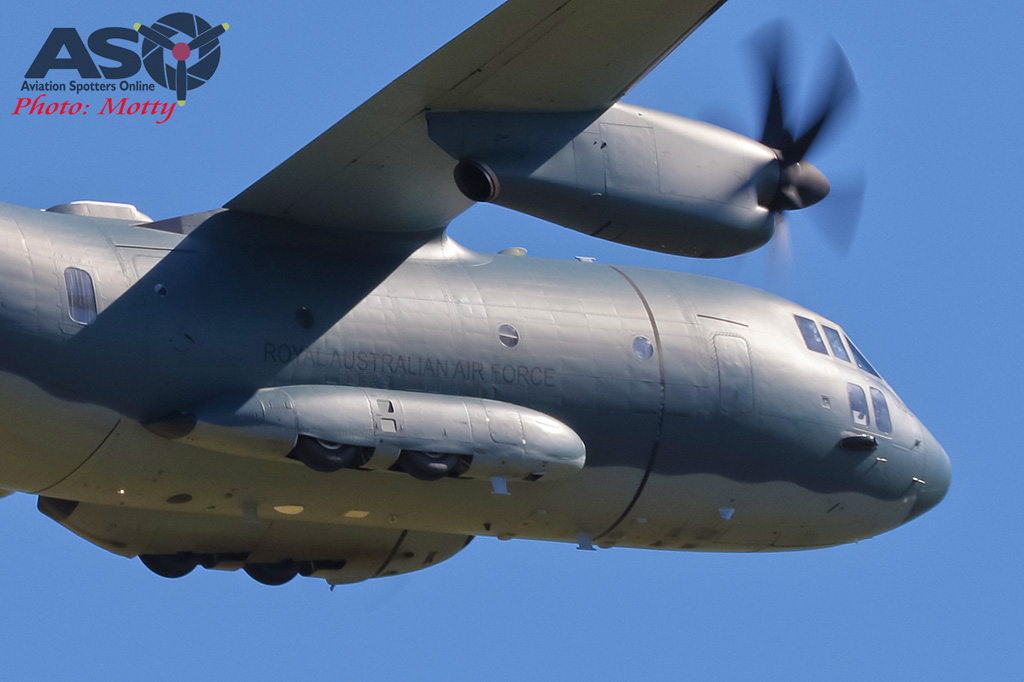
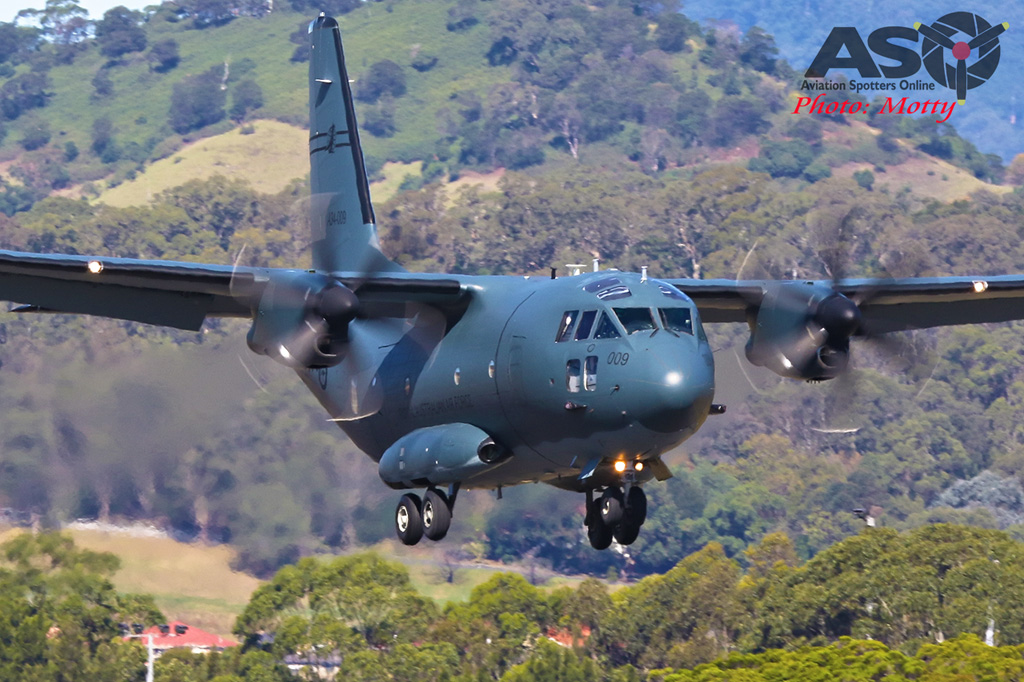
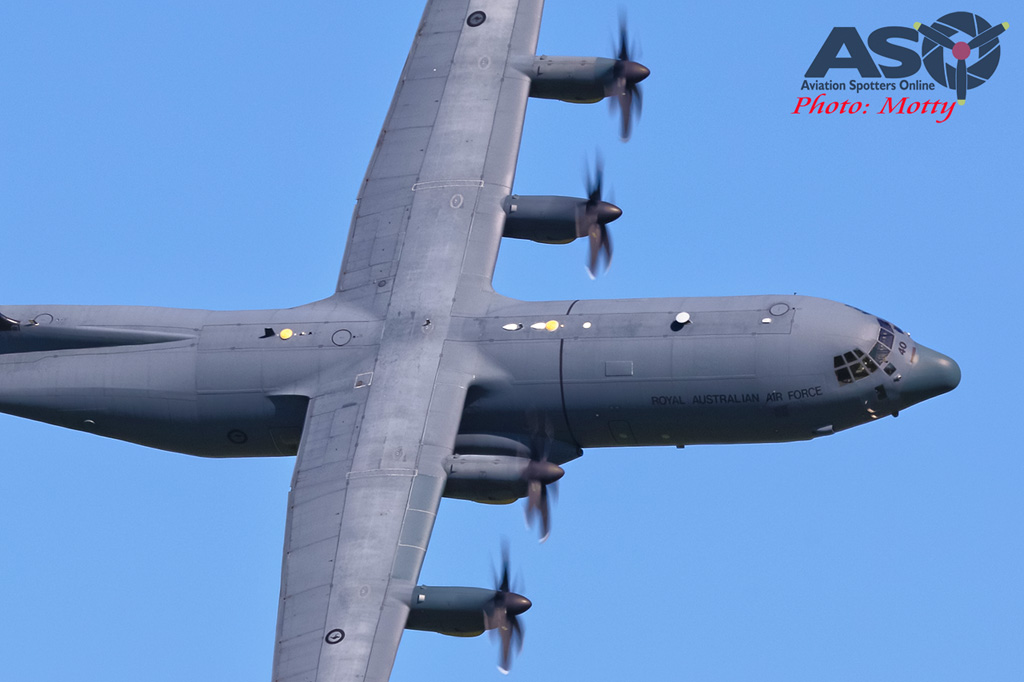
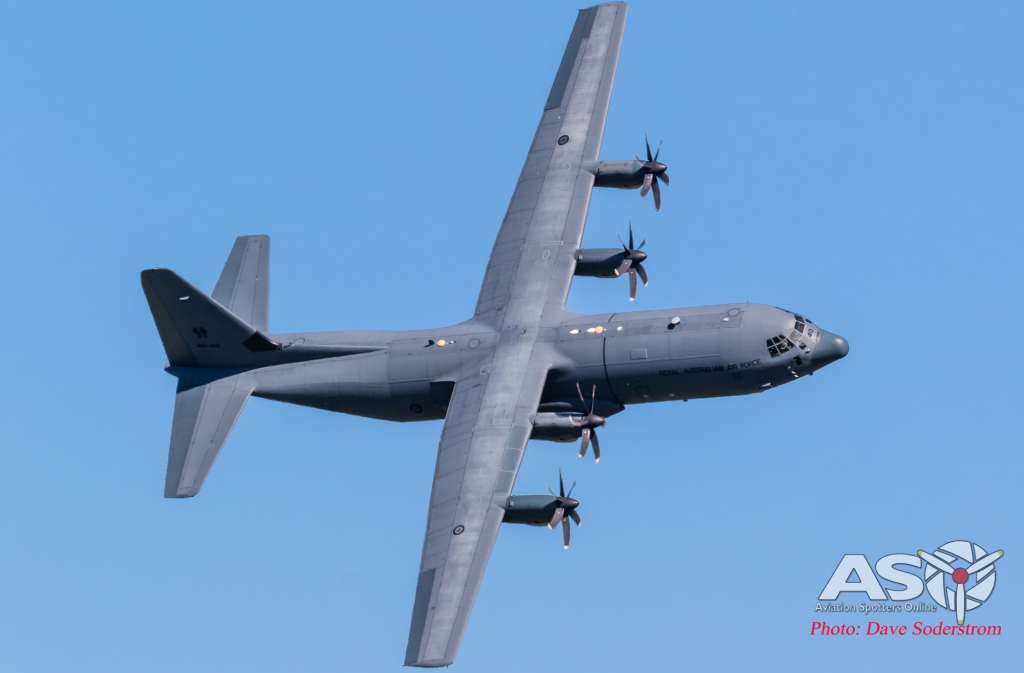



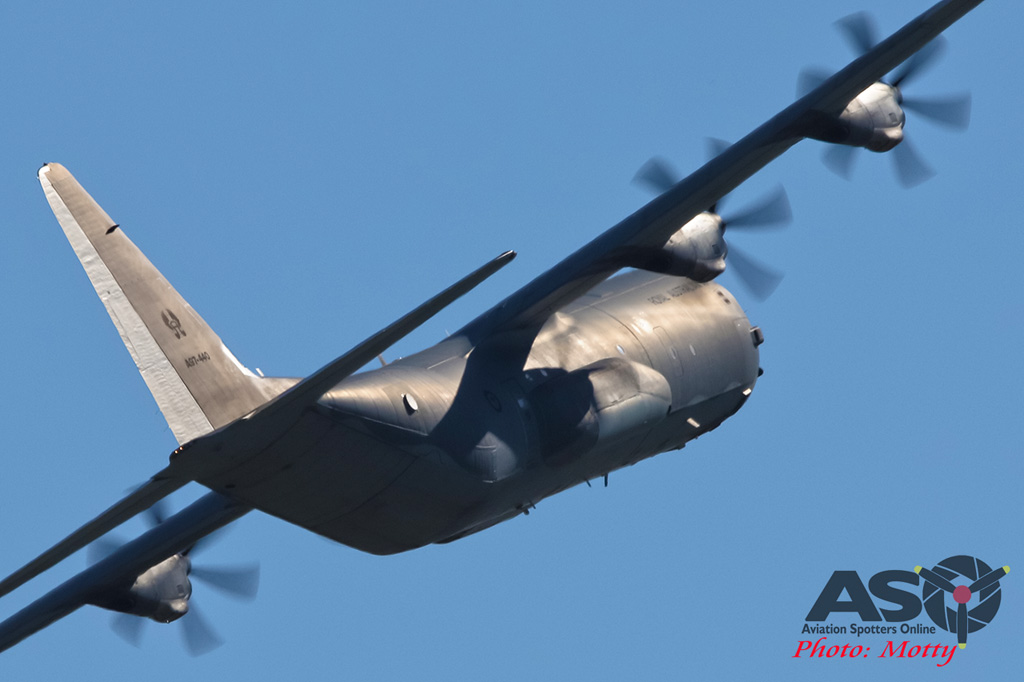
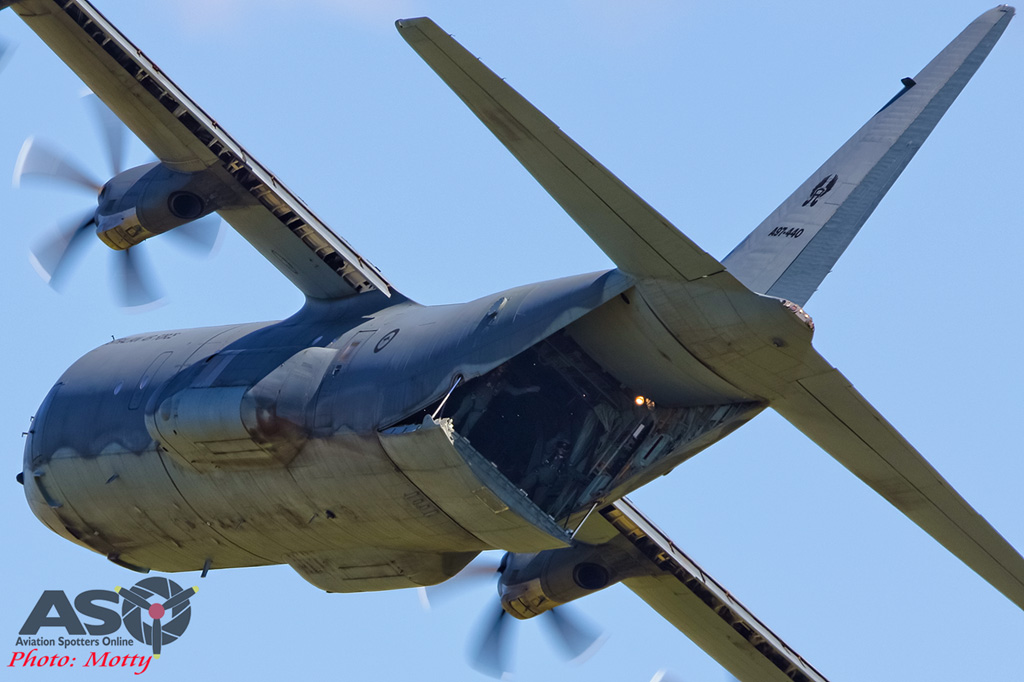
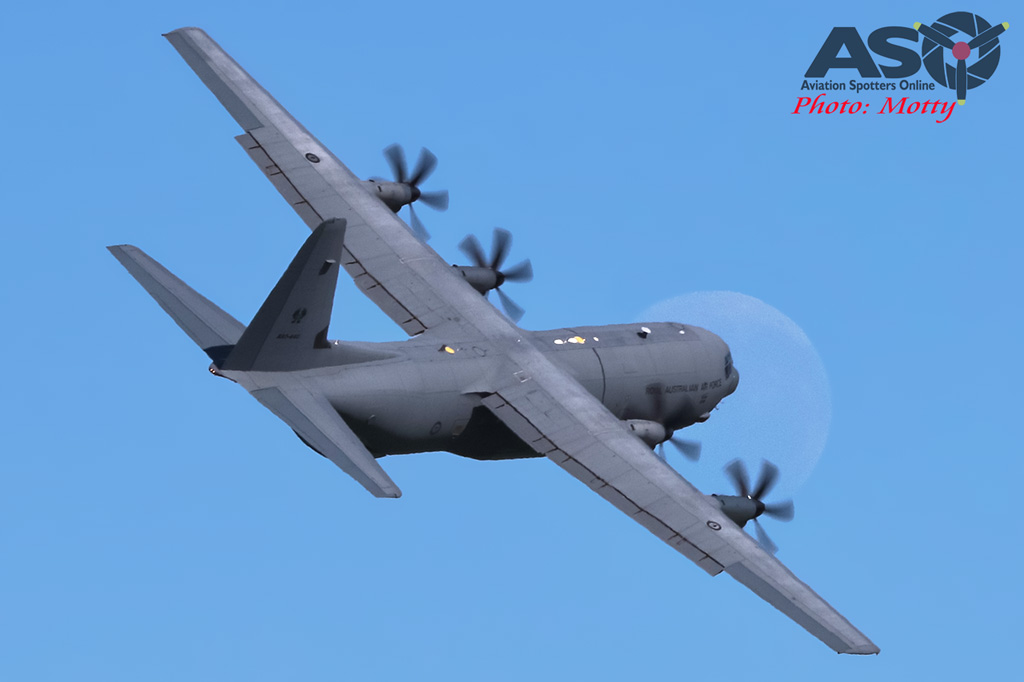
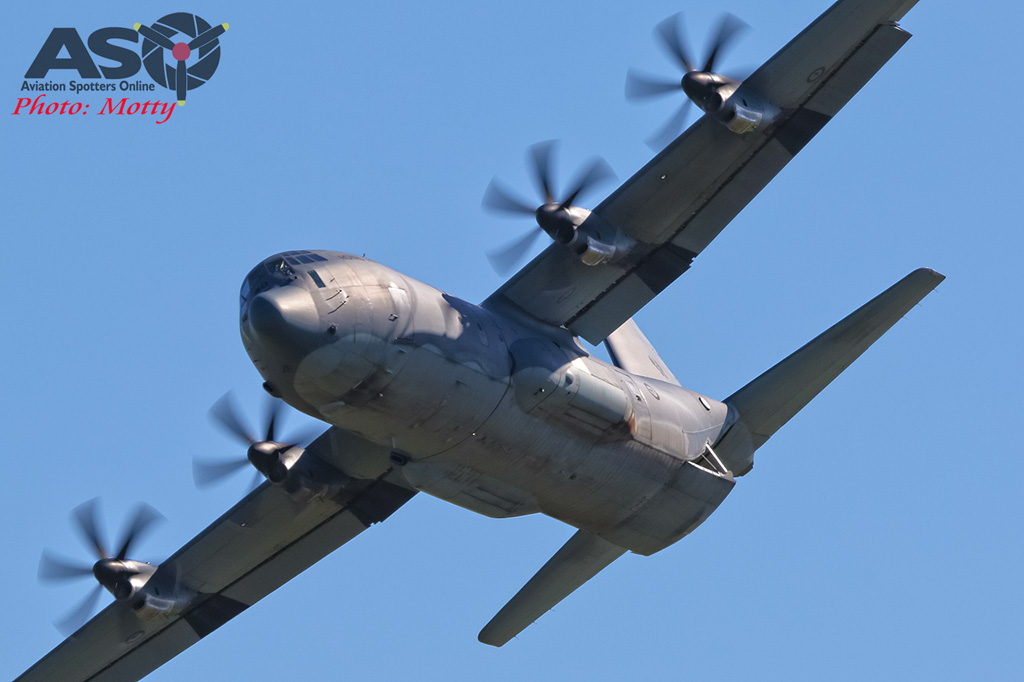


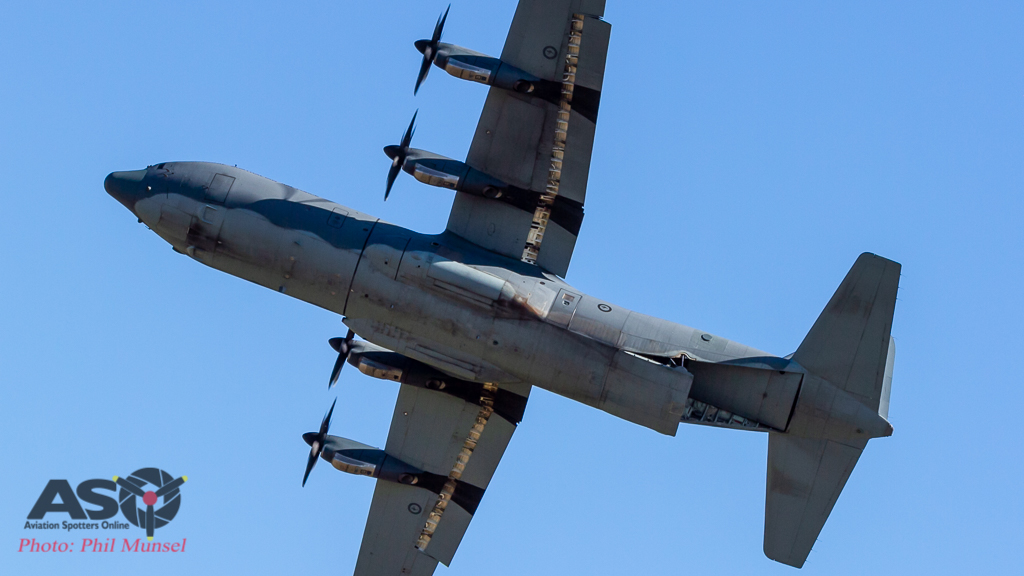

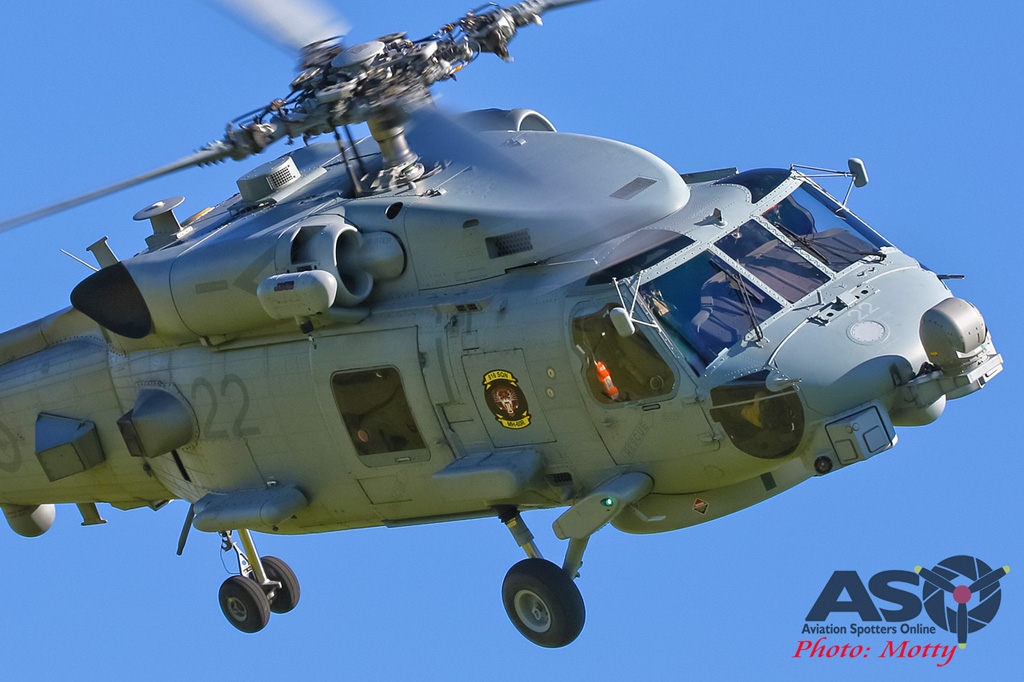


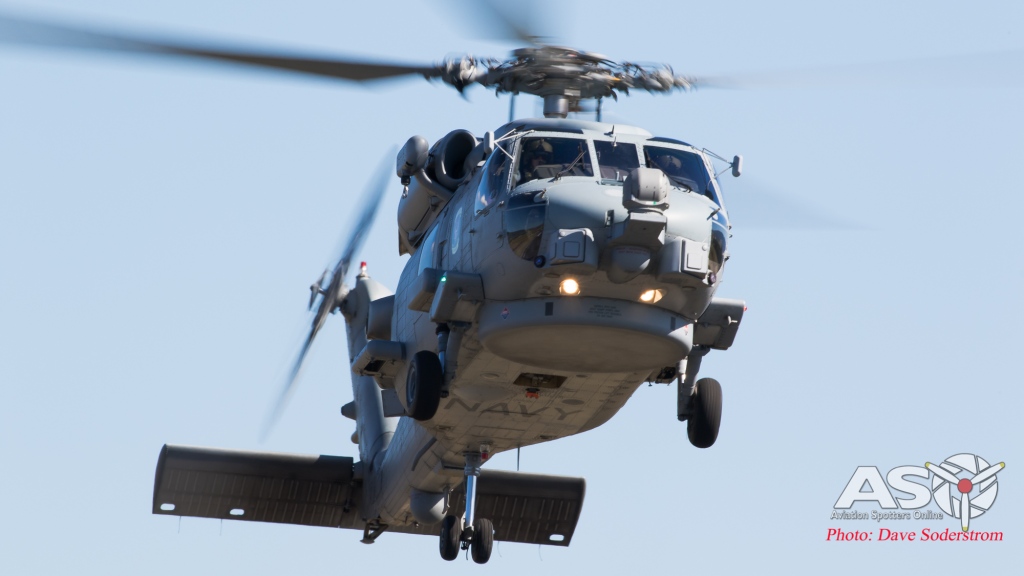
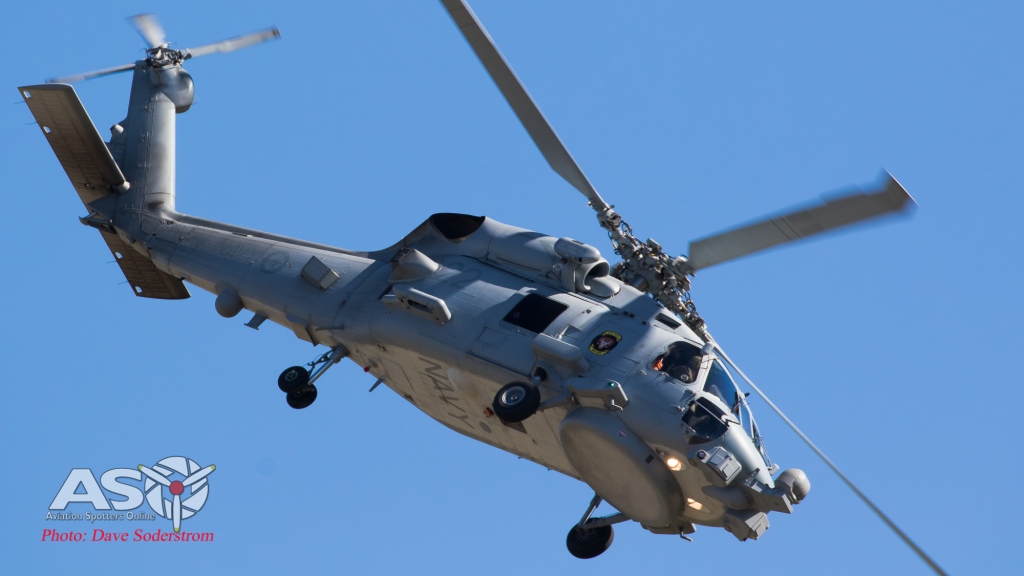
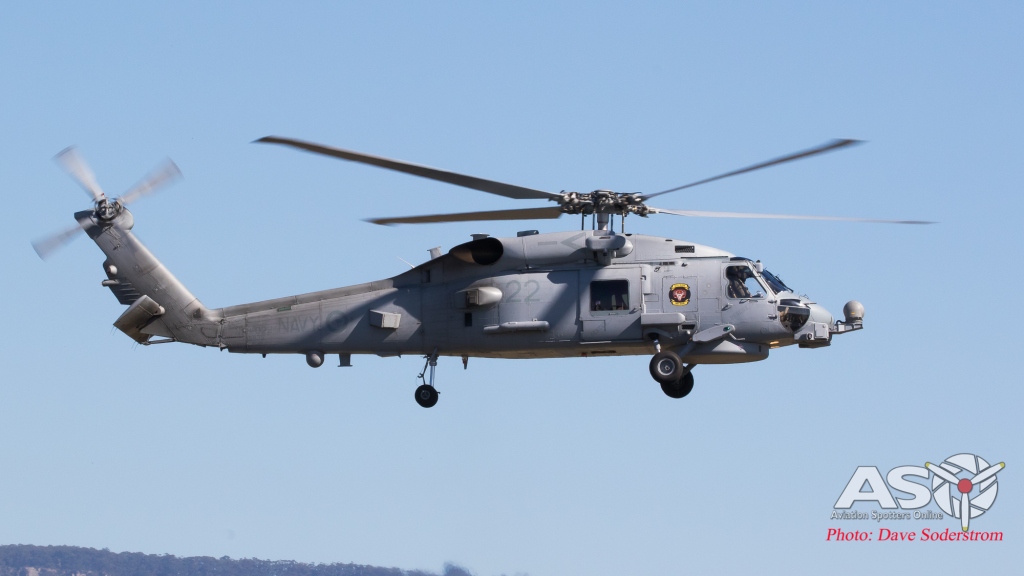

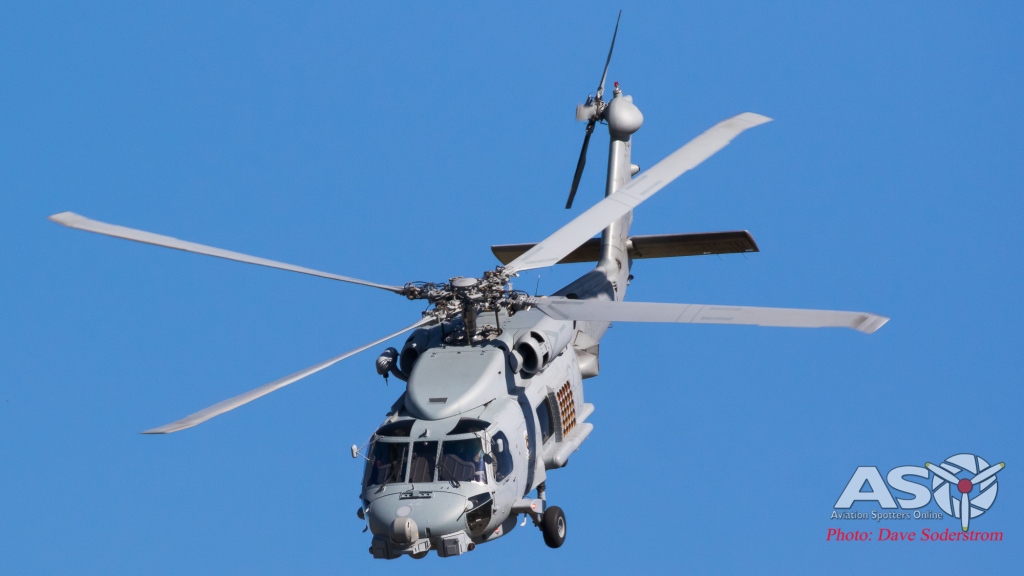





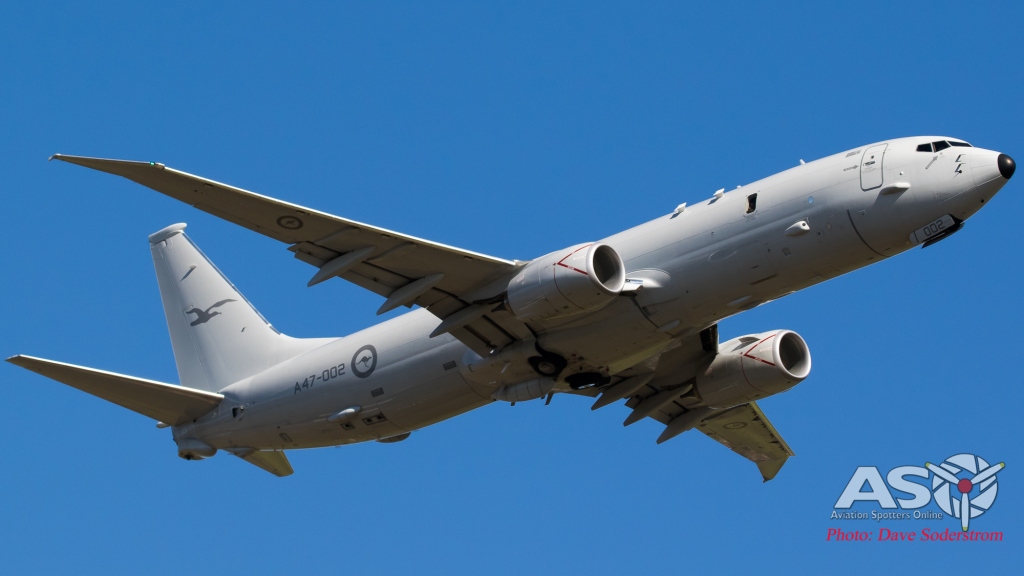

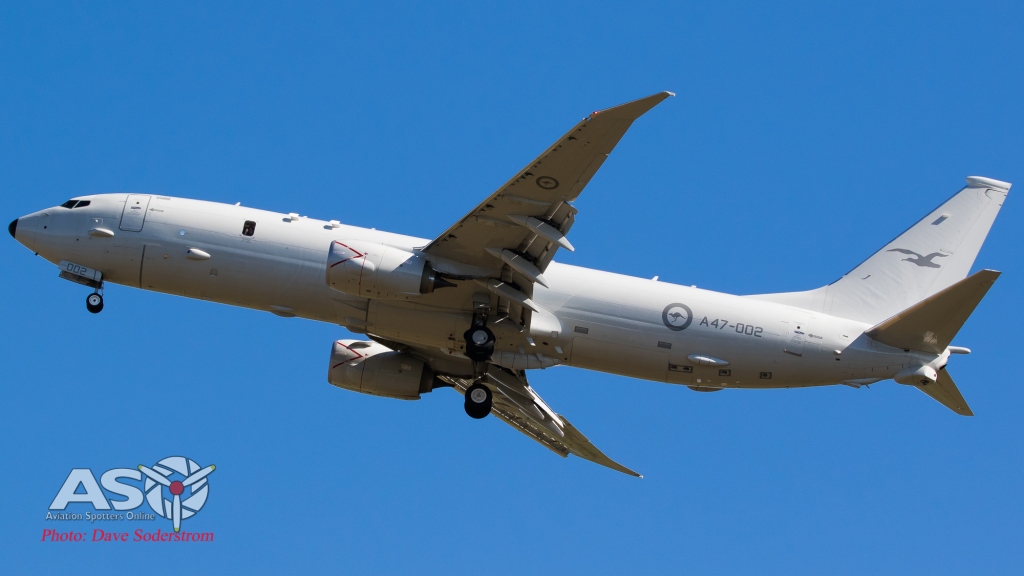








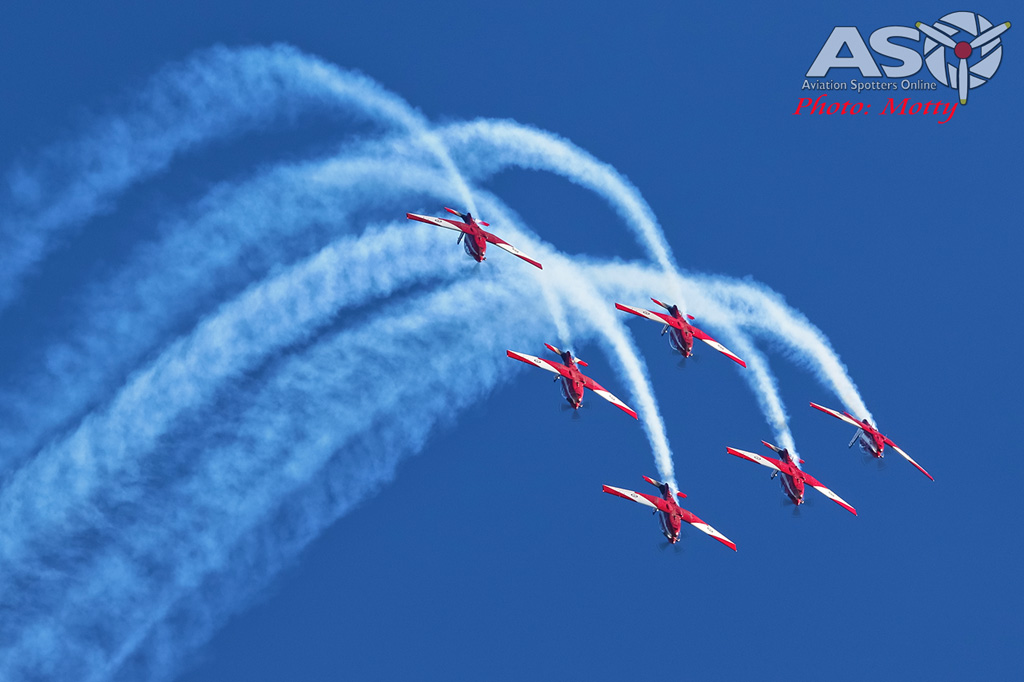
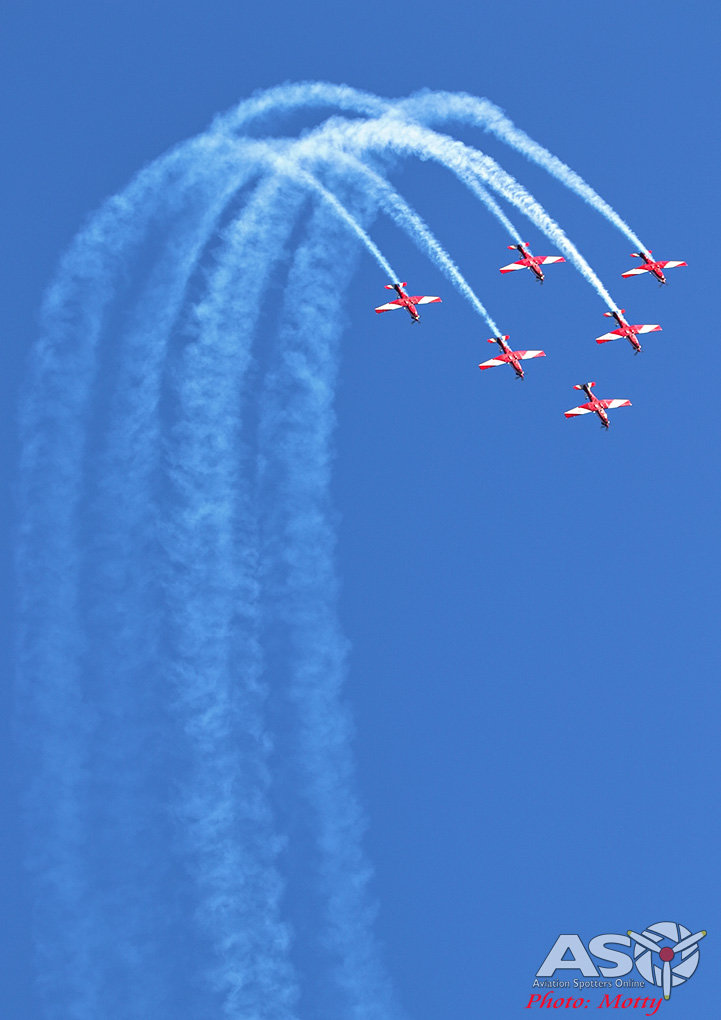
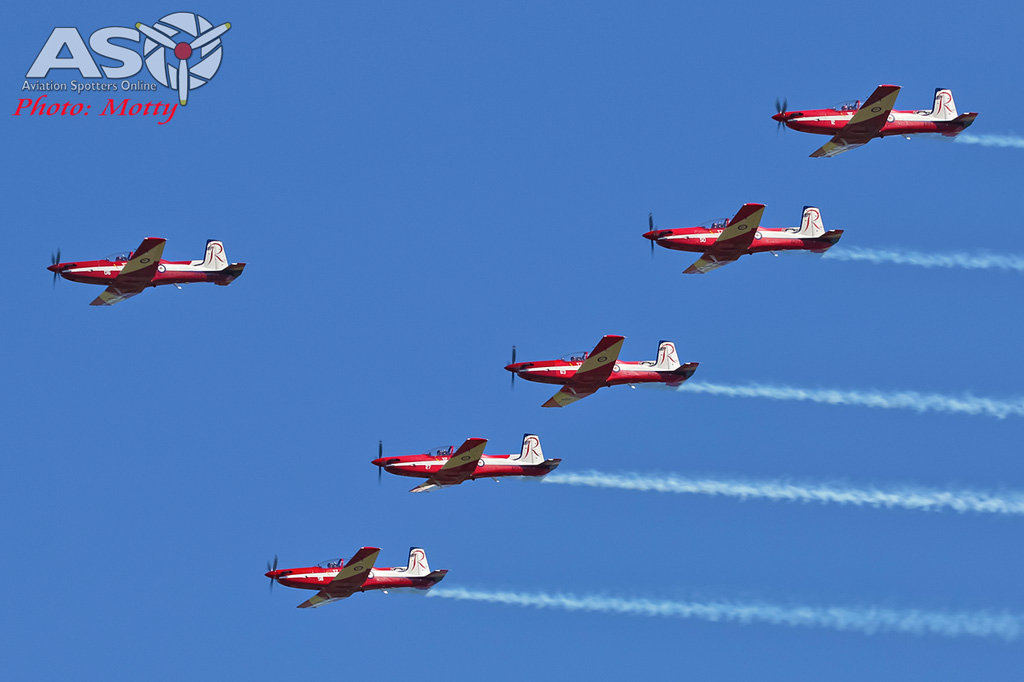

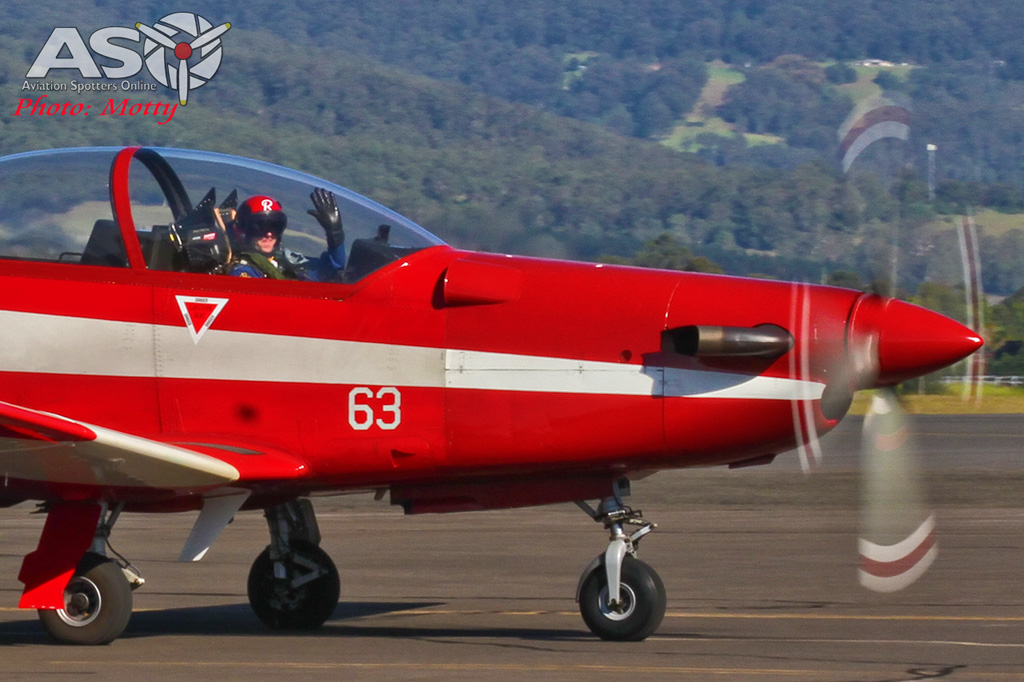
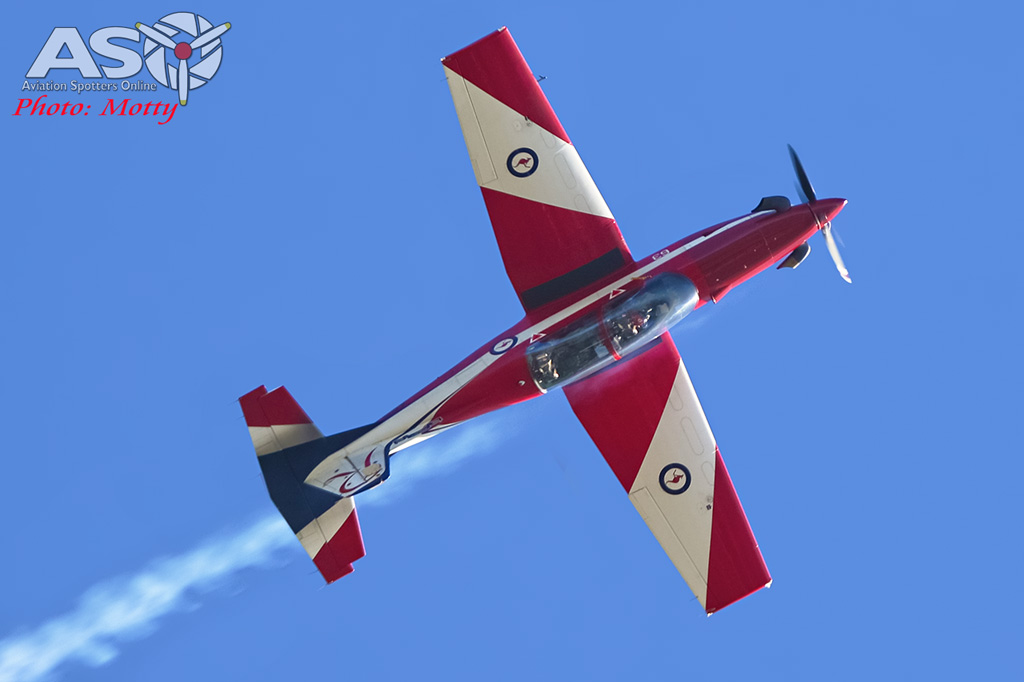
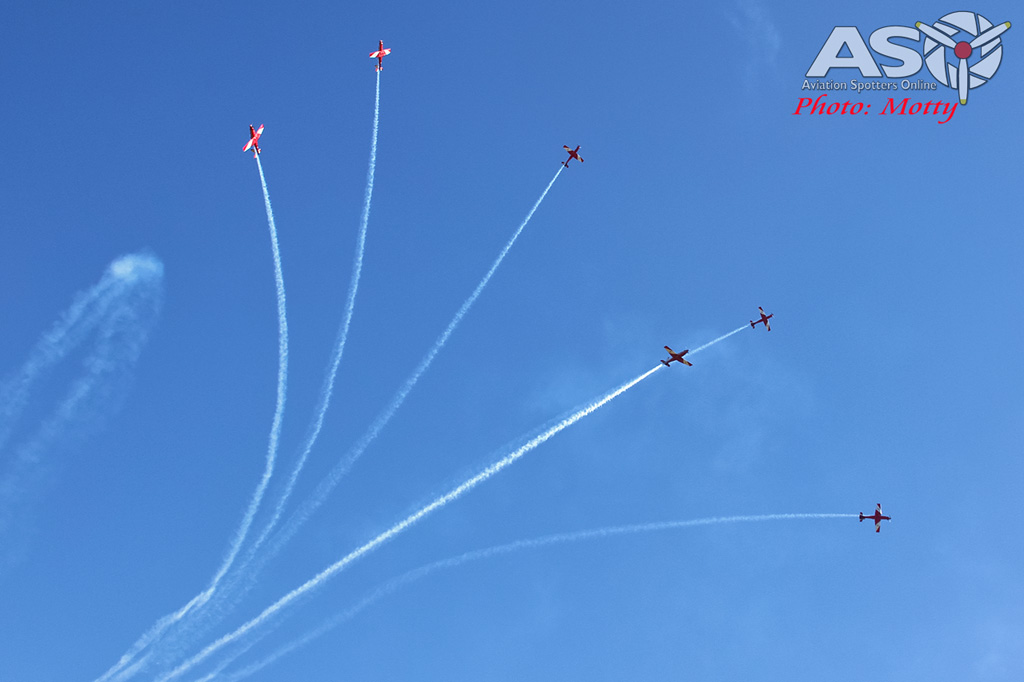

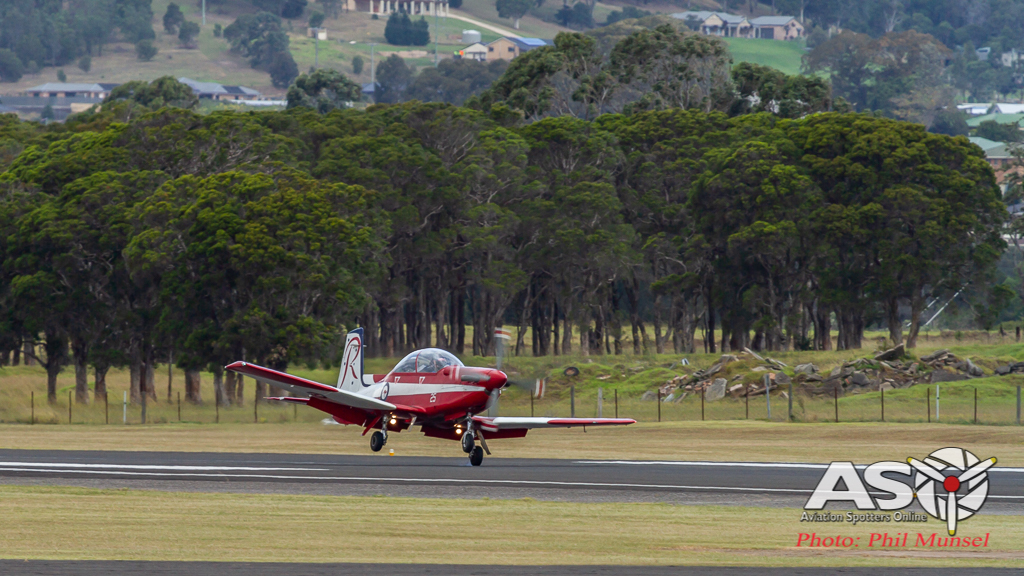


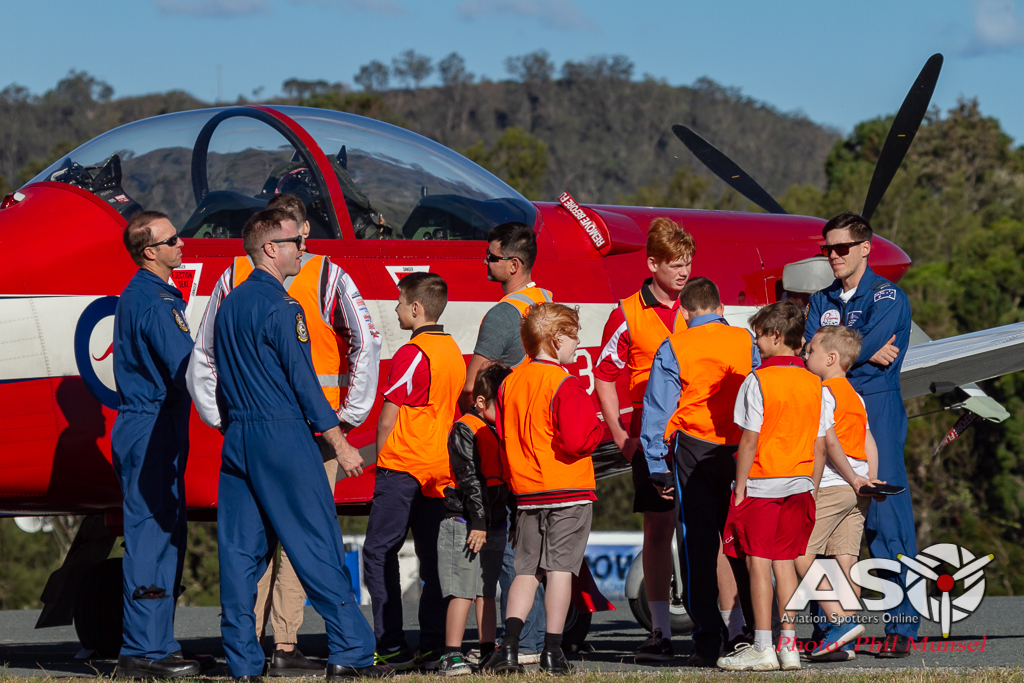




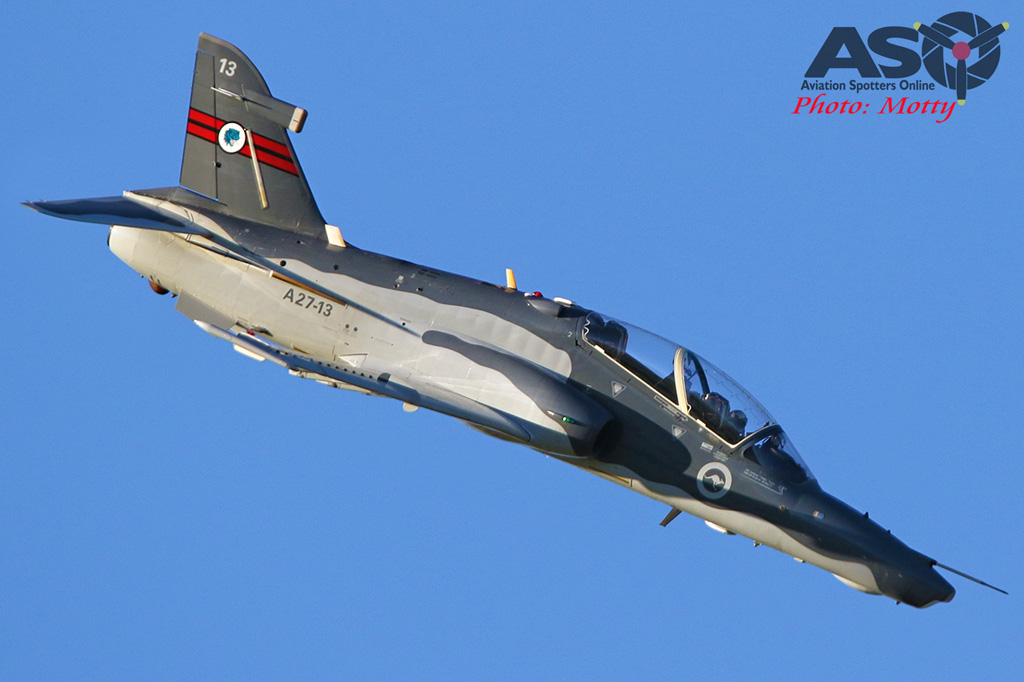
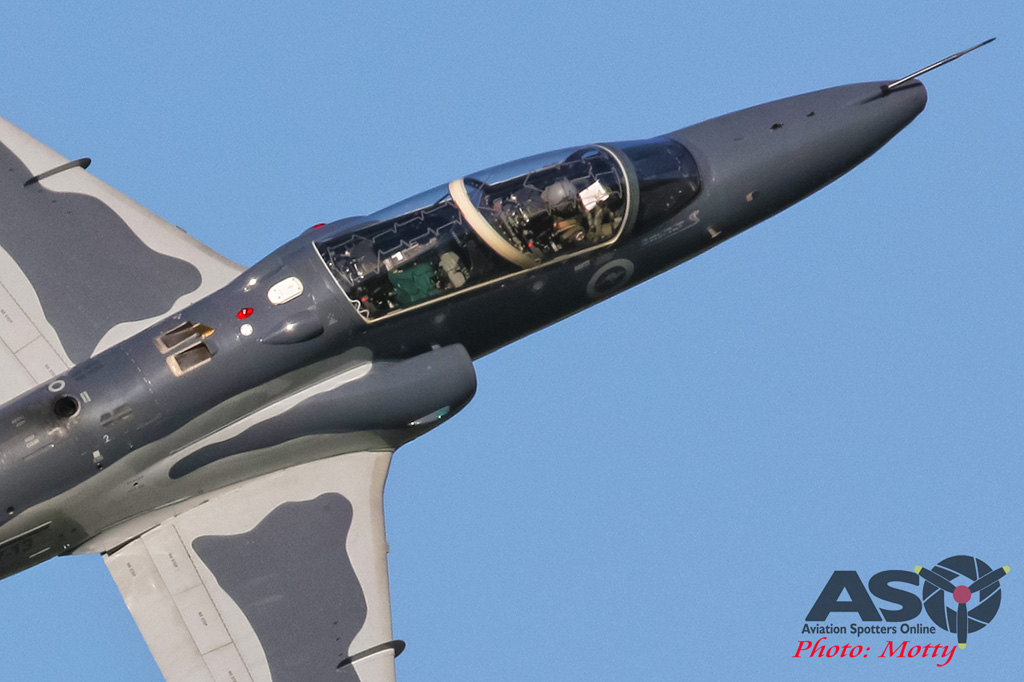

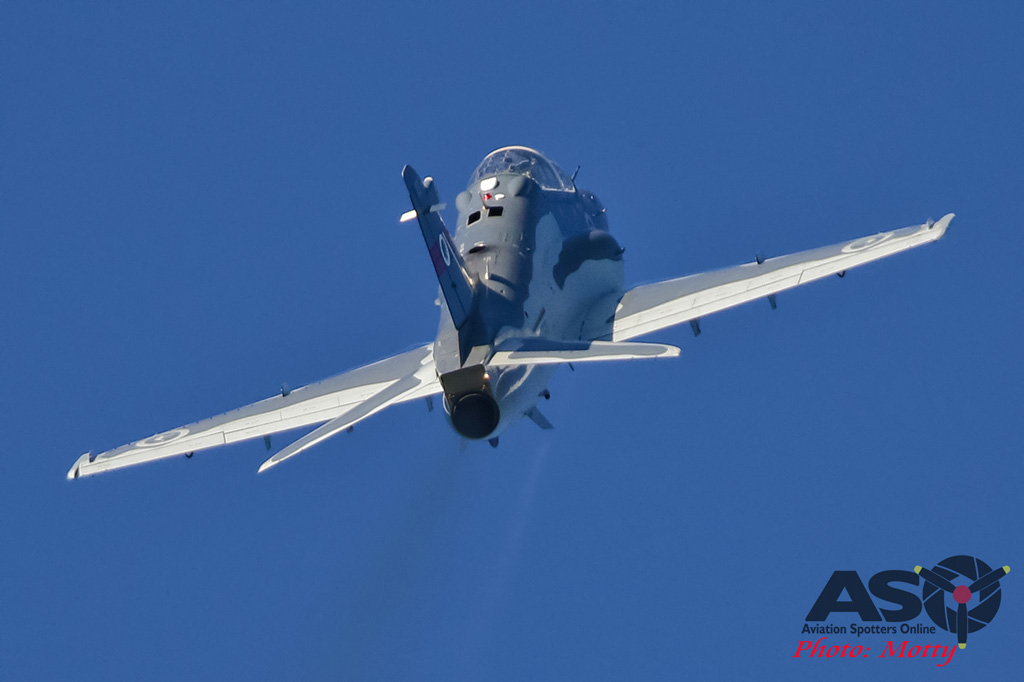


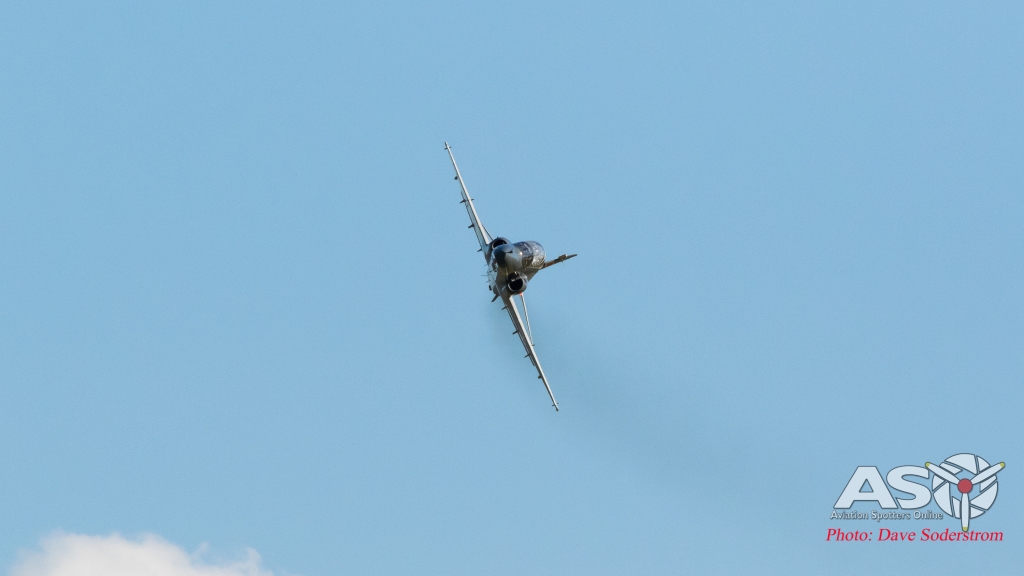

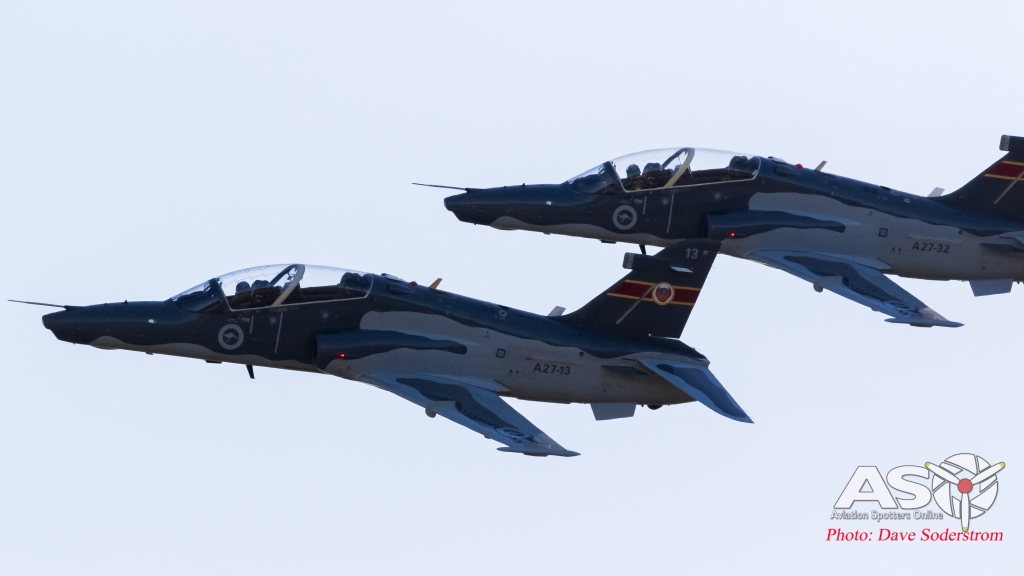


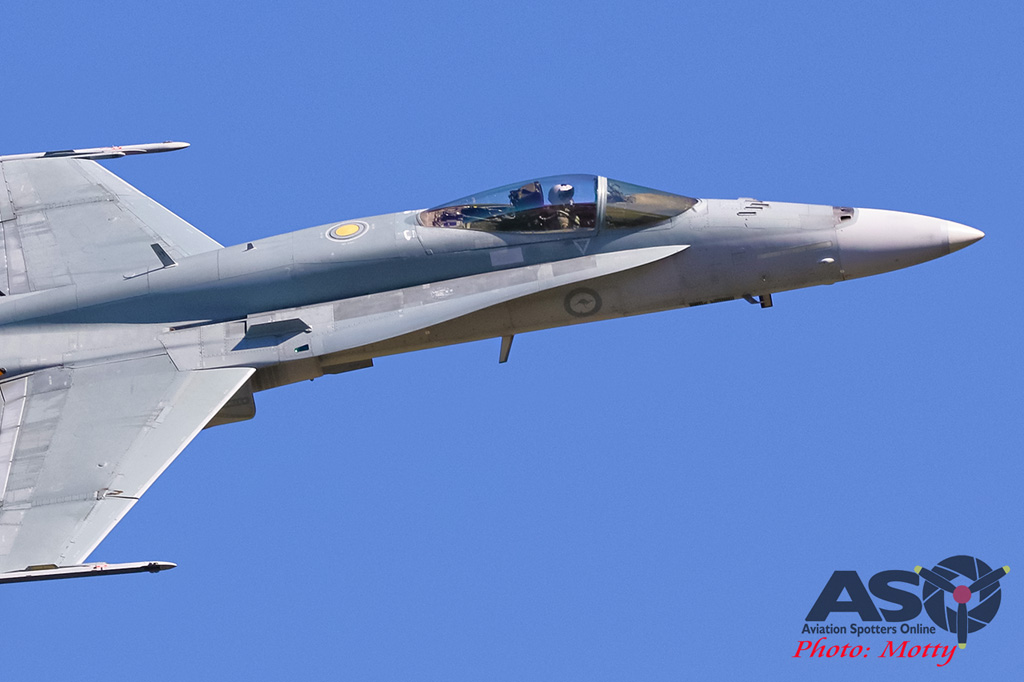
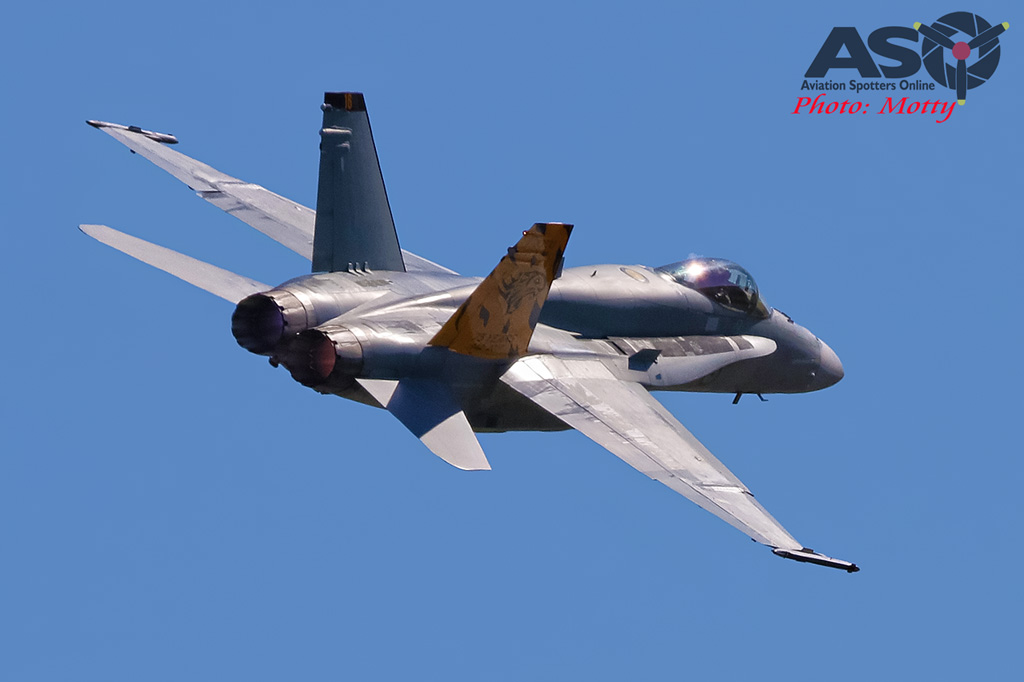


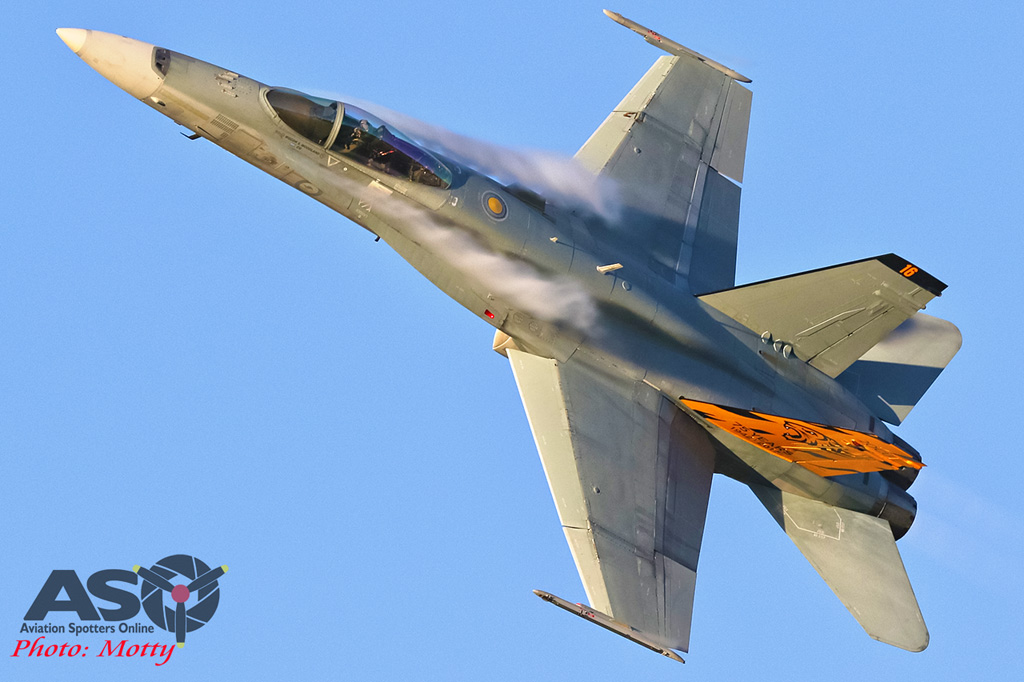
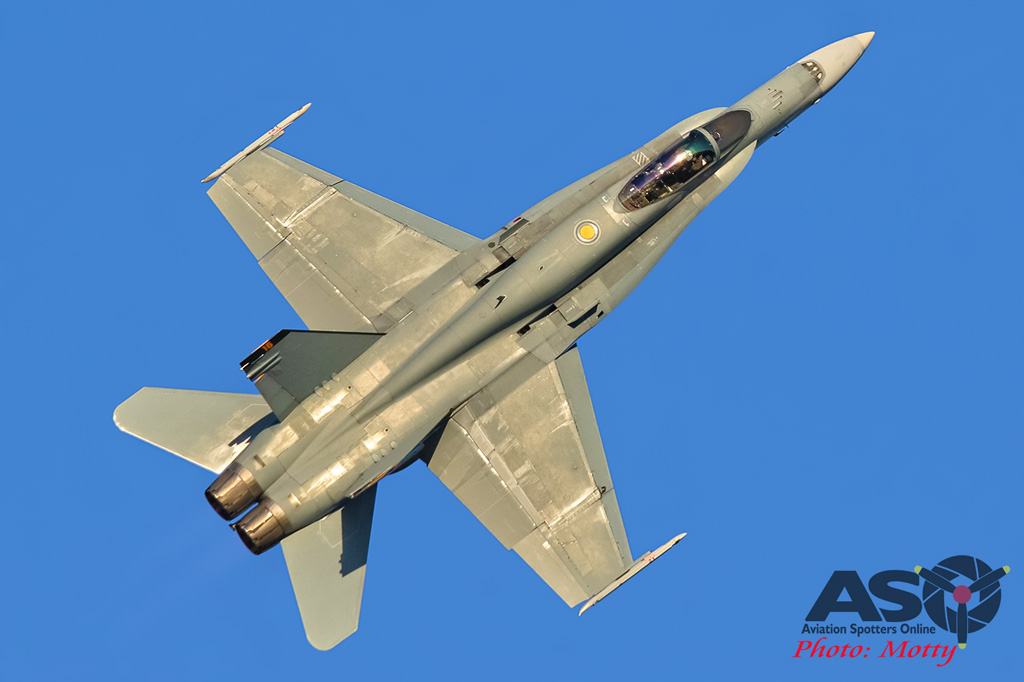
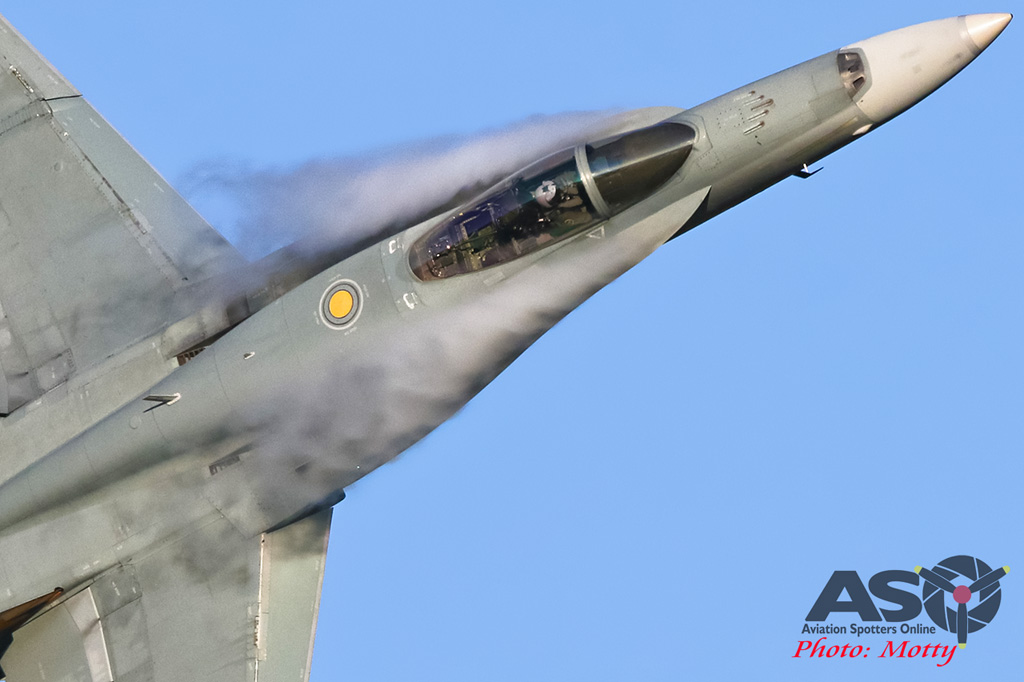
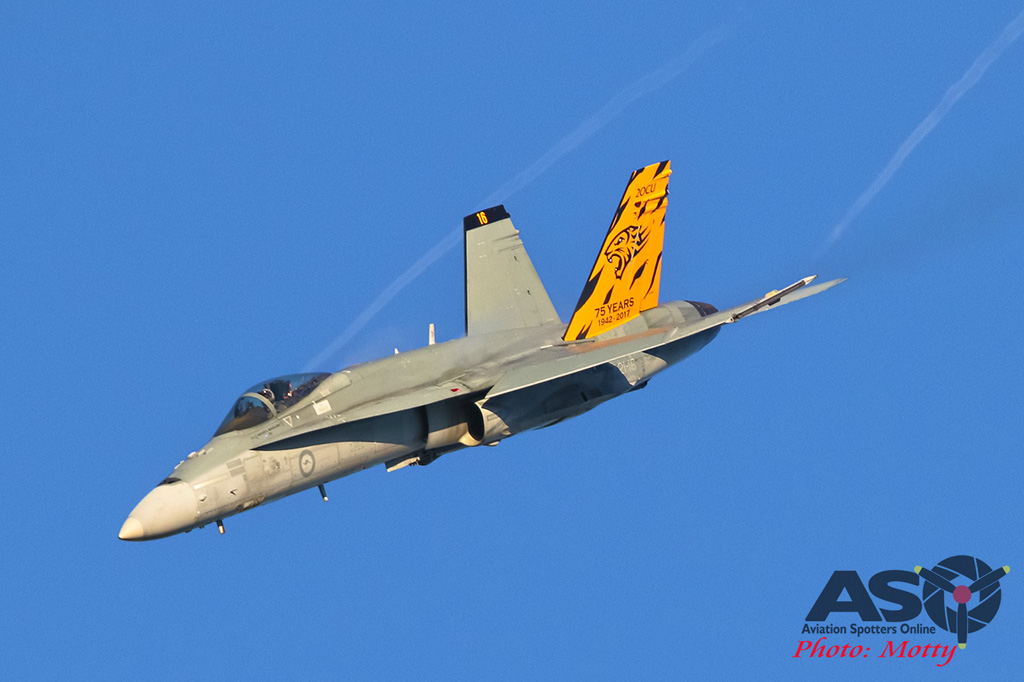
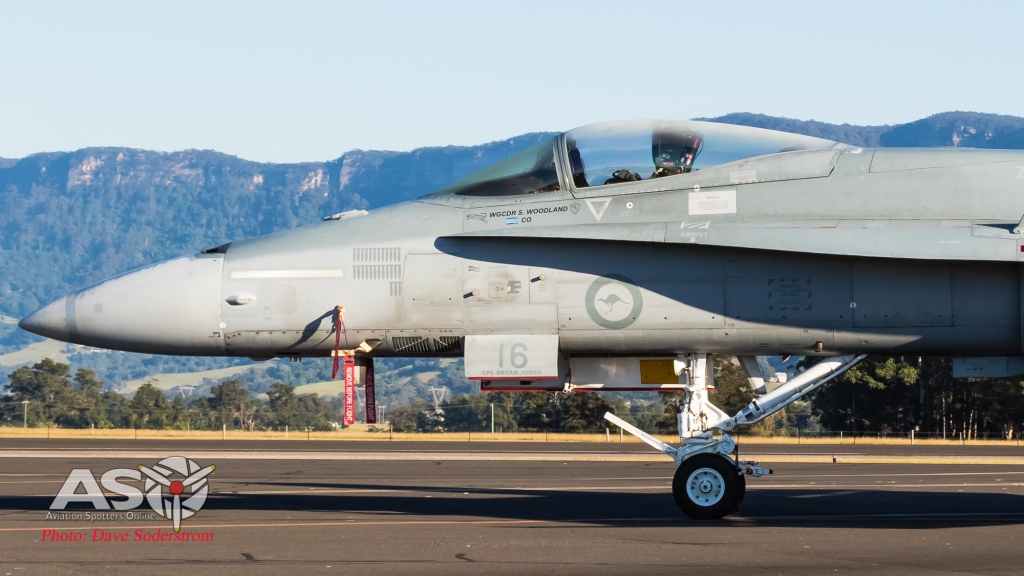


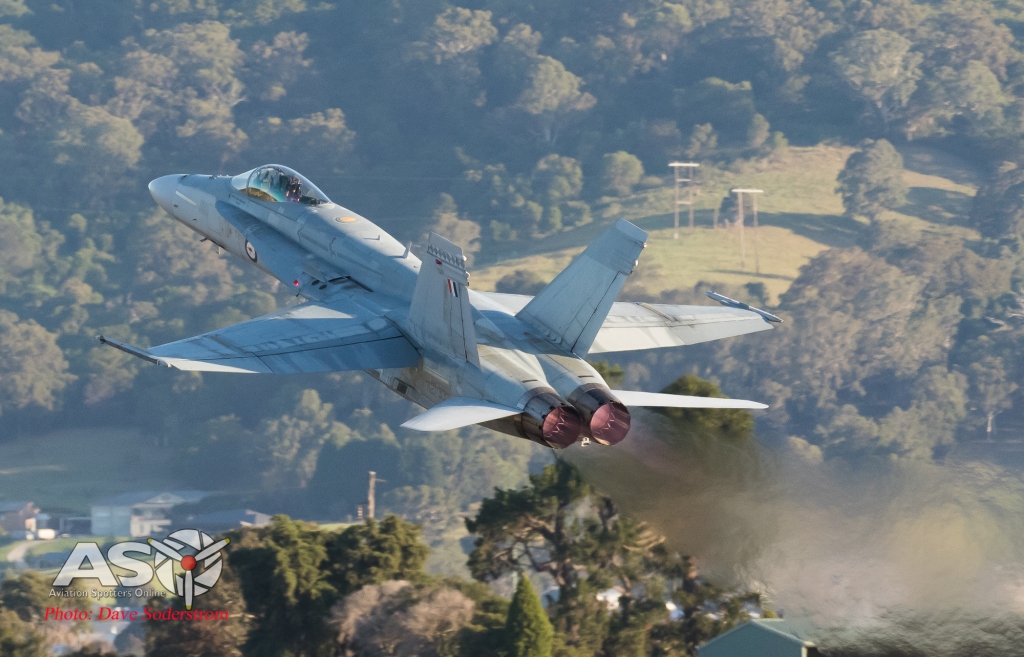
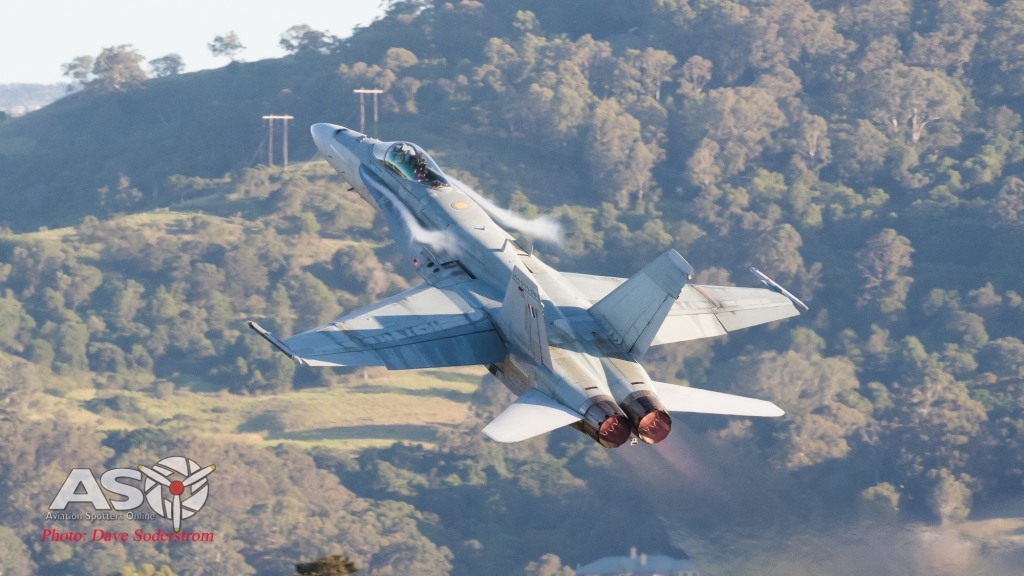

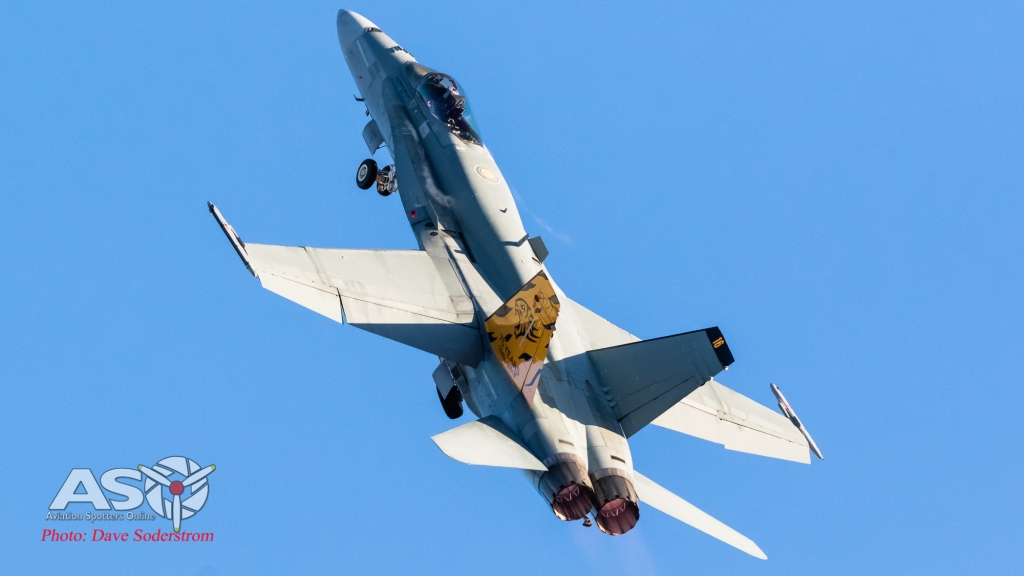
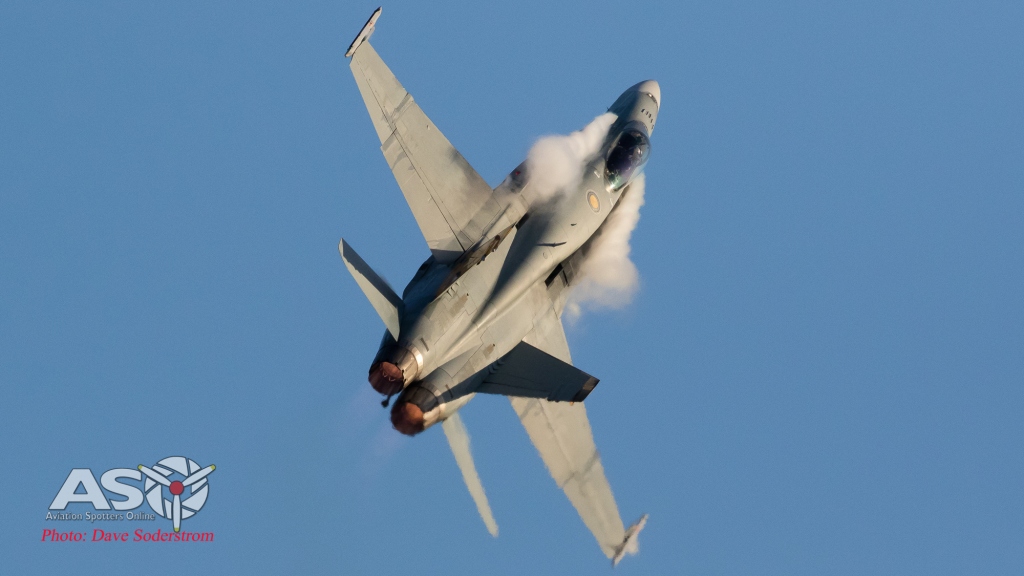

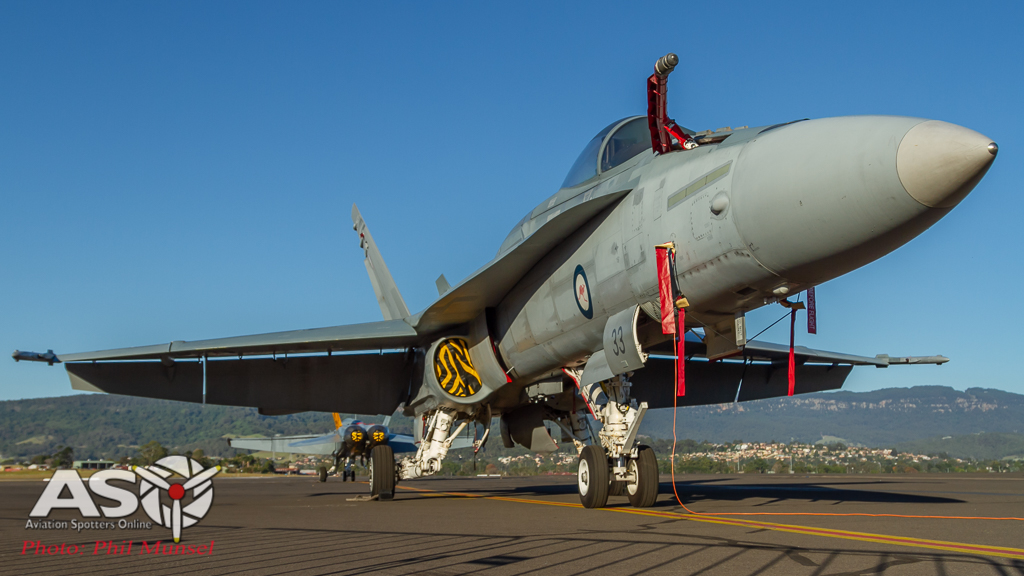


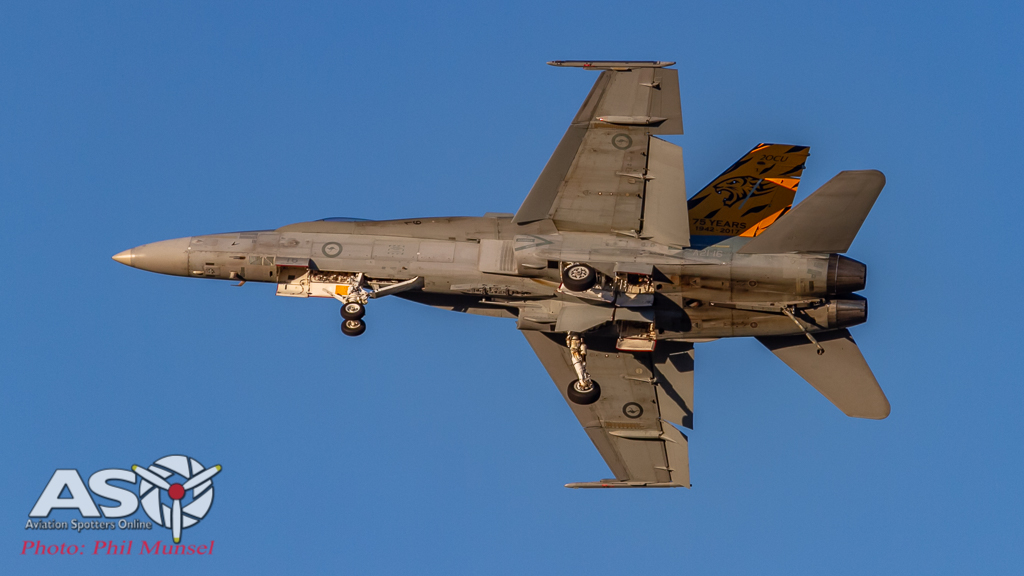



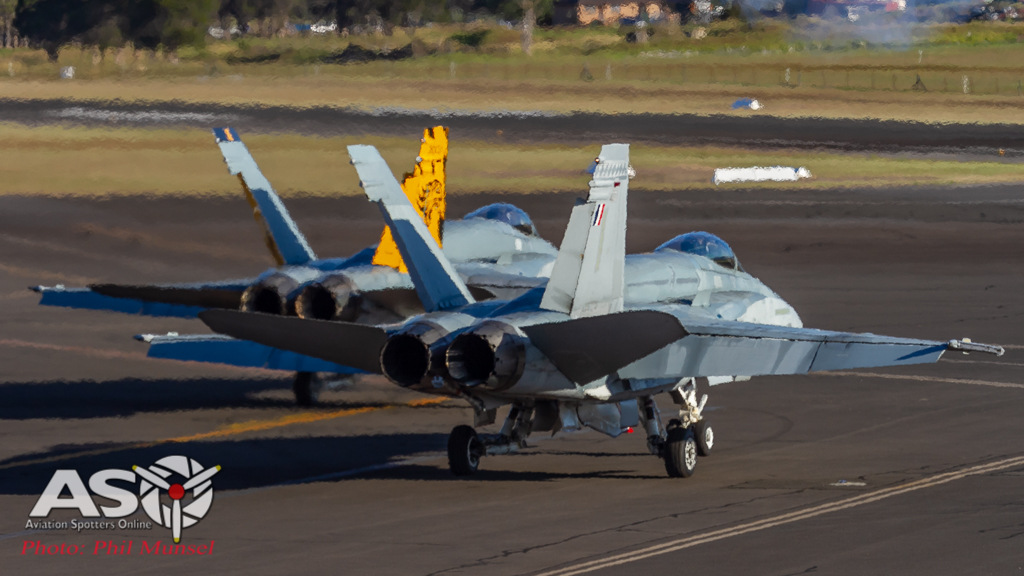




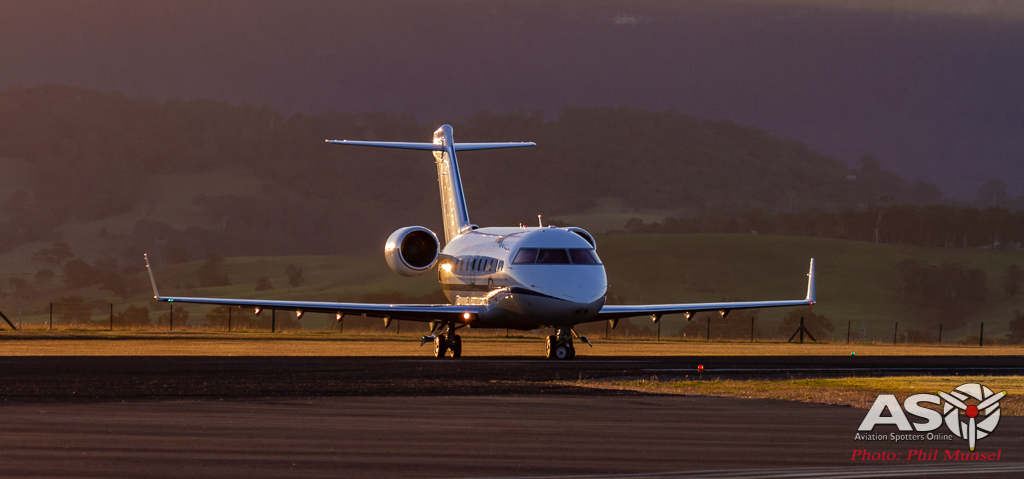
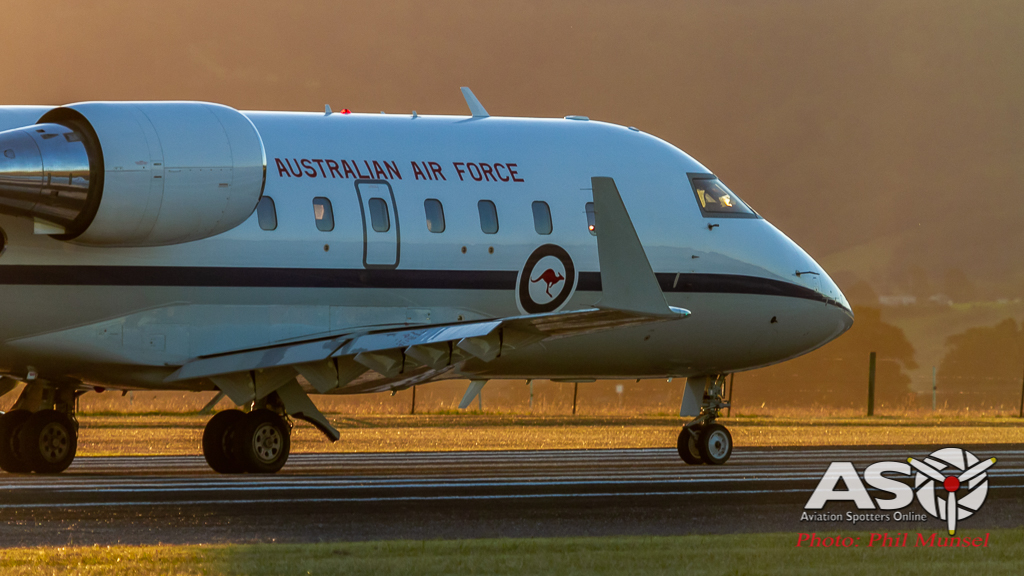



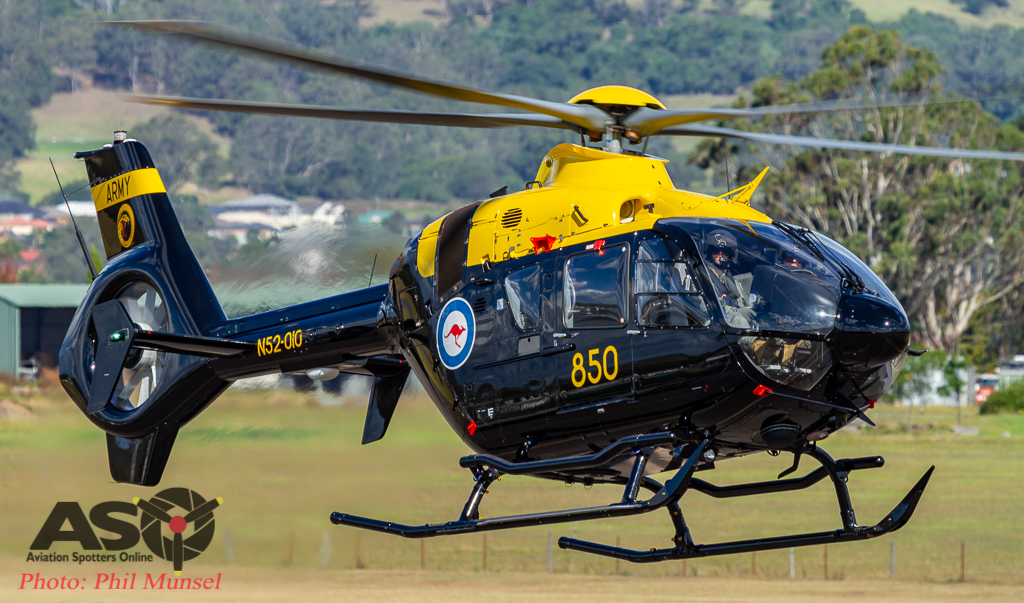


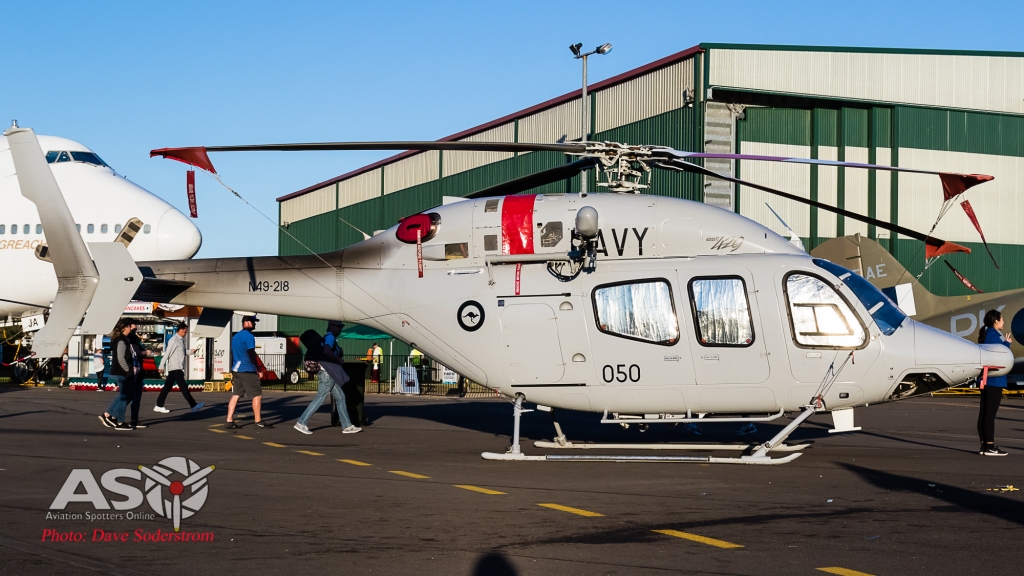

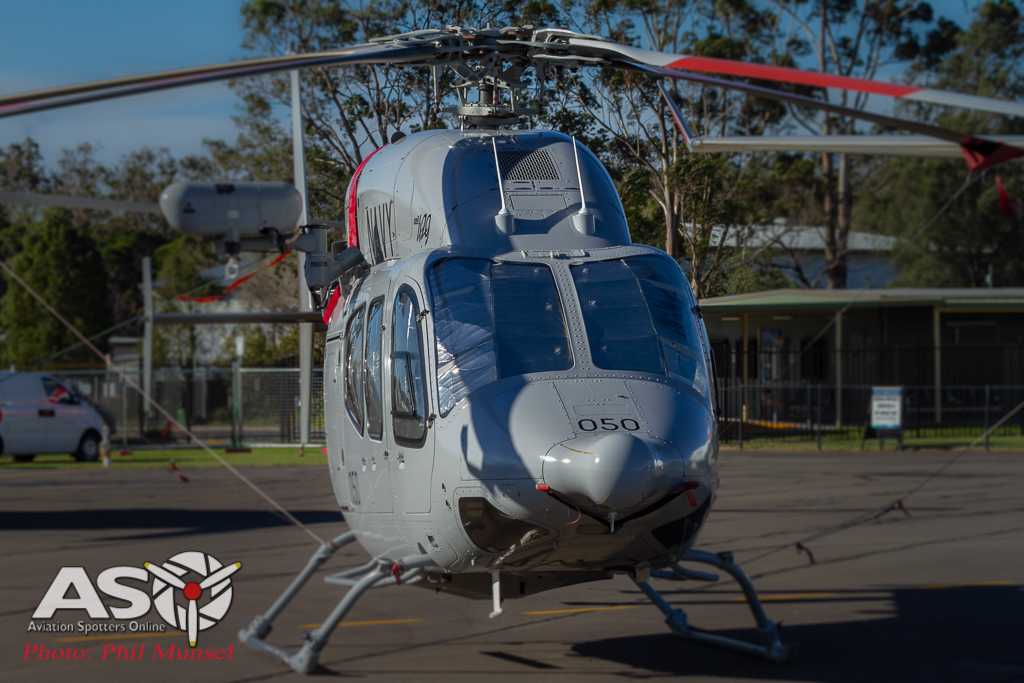
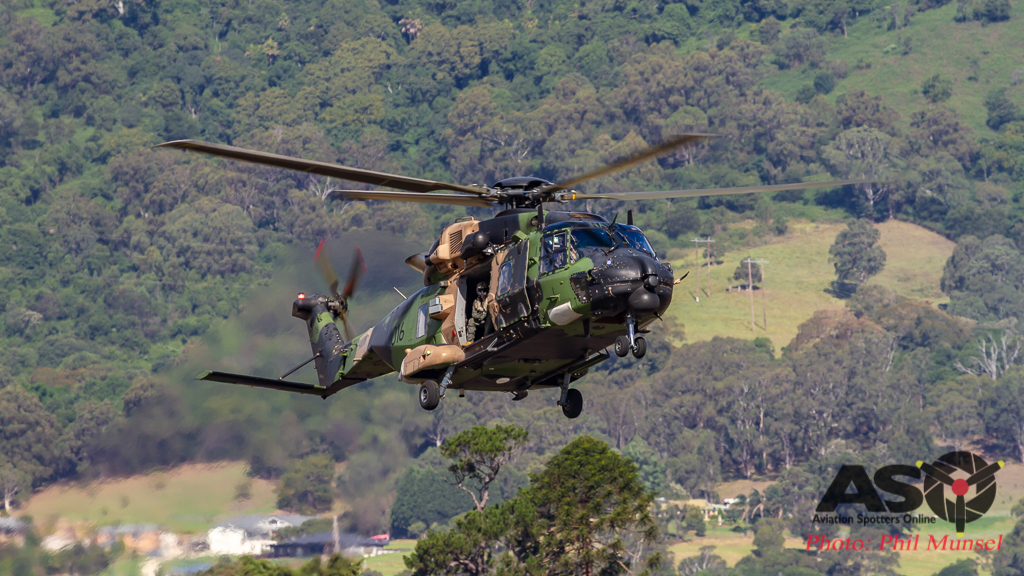
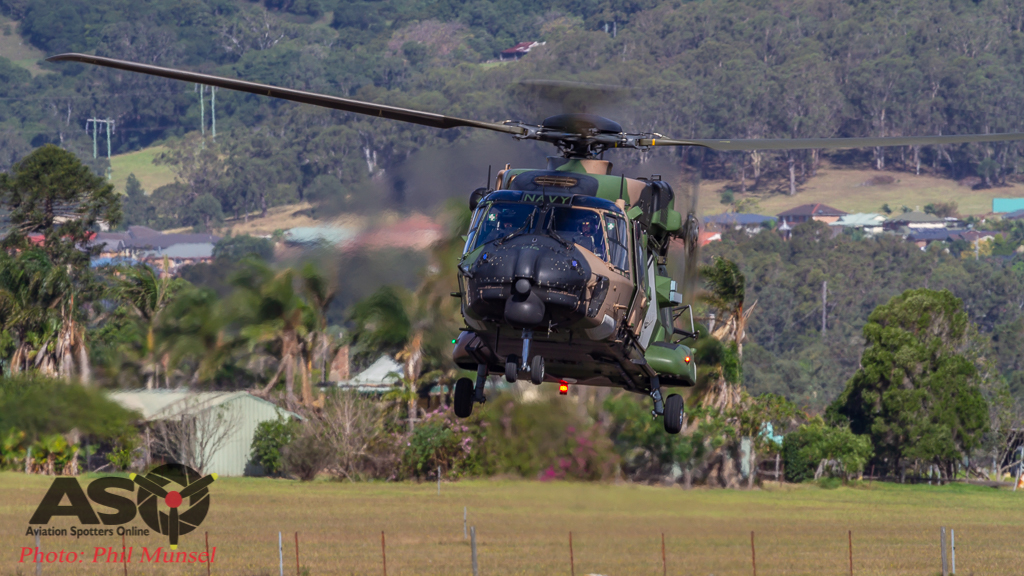
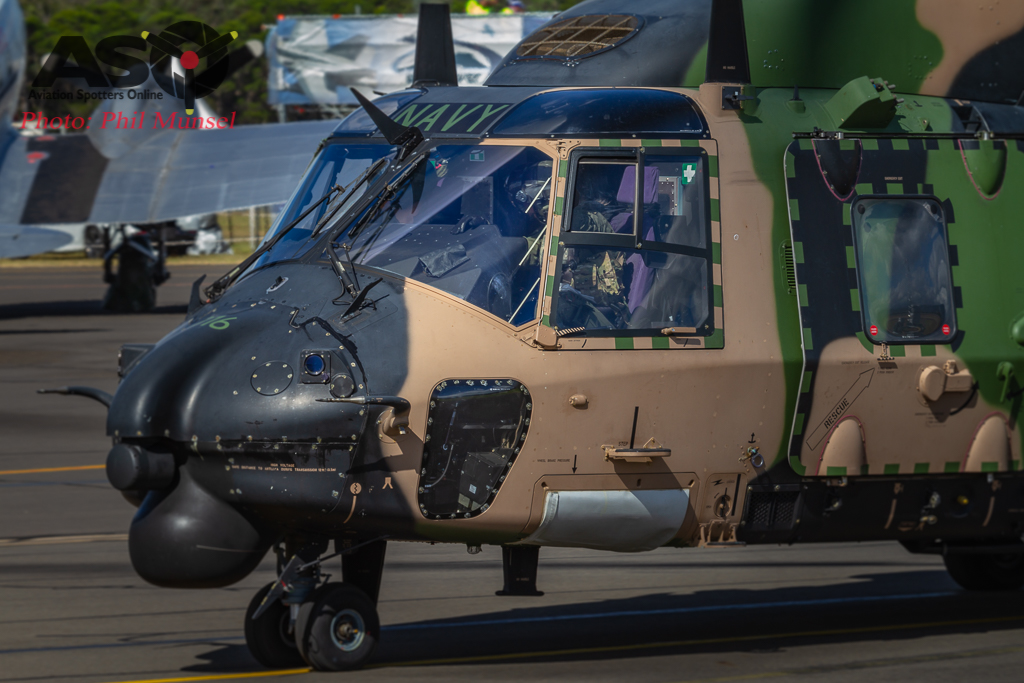



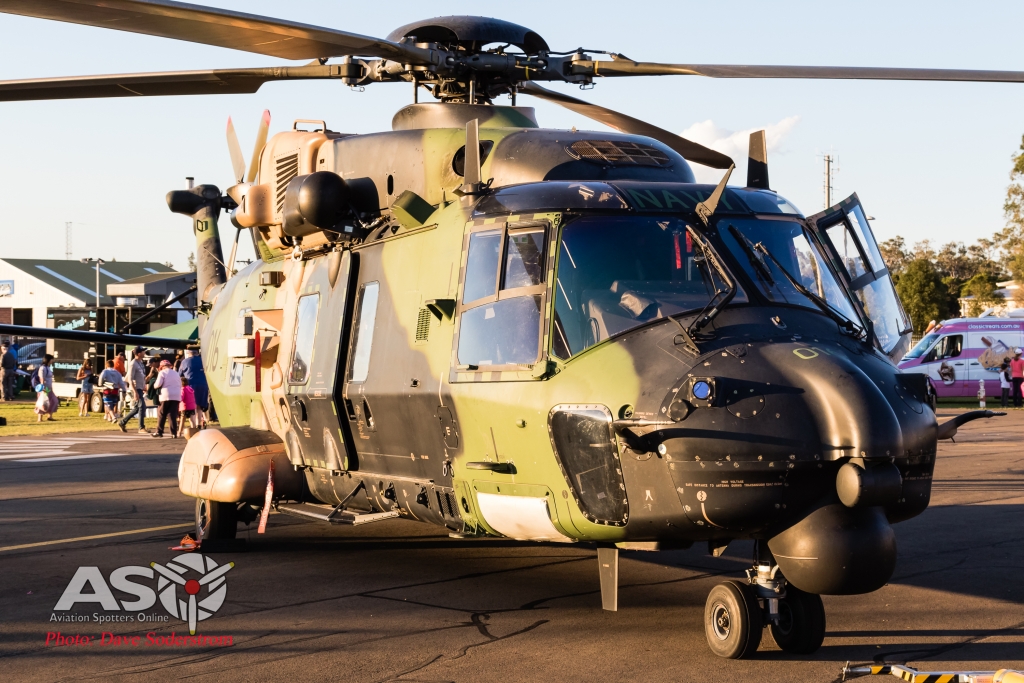

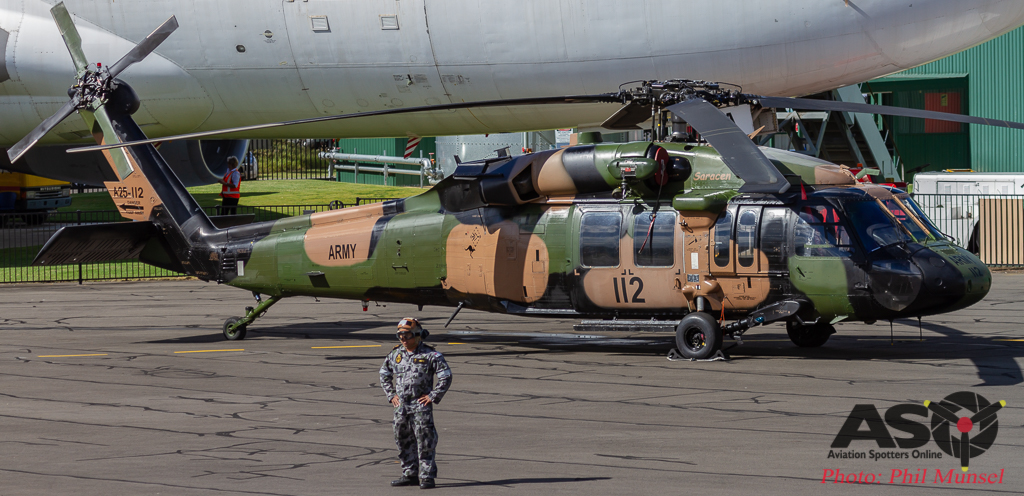
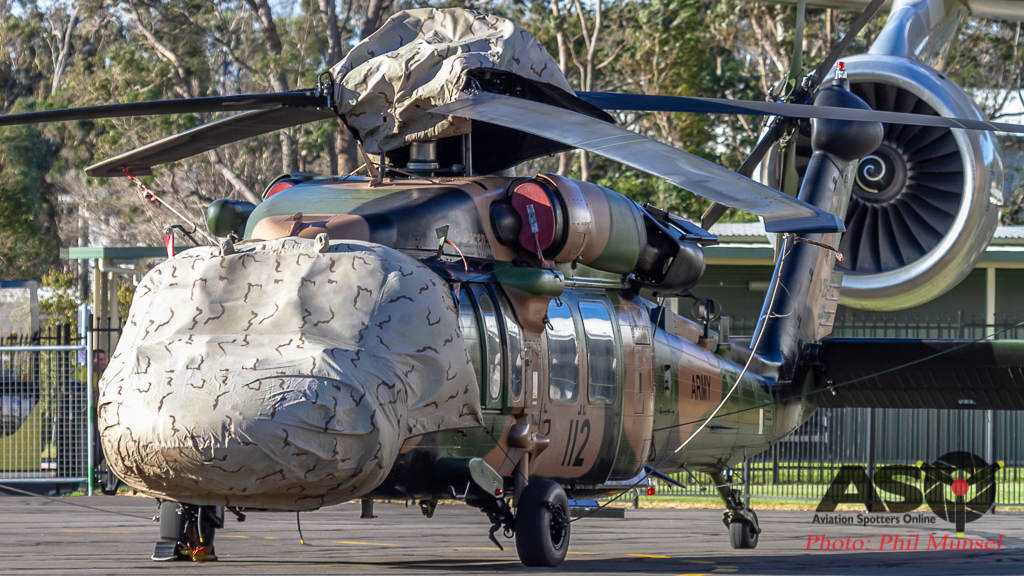

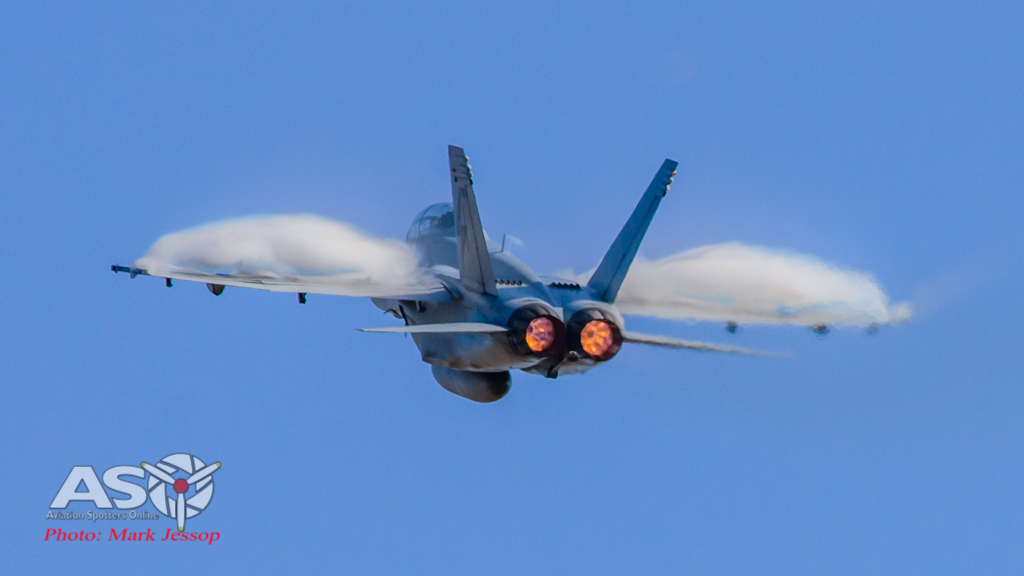
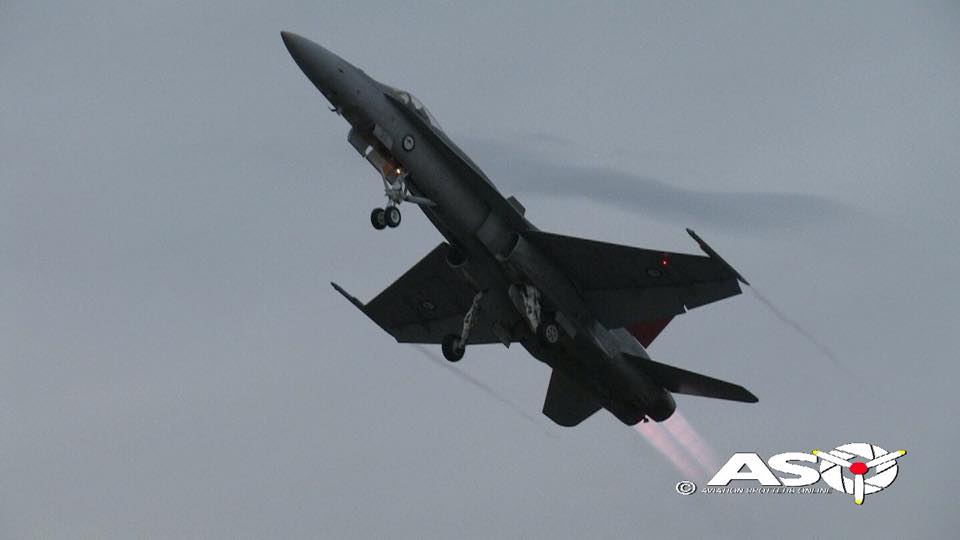





Excellent photos, I wish I could have been there.
Thanks Les, the team strives to do the best.
It was a brilliant airshow, did the cockpit tour and wing walk on the B747, plus inpections through the HARS aircraft. Great to see the aircraft close up in these amazing photos.
Thanks Sarah, we really enjoyed it too.
Brilliant photos!
I enjoyed my two days at the show. A bit disappointed none of the HARS aircraft flew. No Constellation for three years.
But the noise of the F 18’s was superb.
Keep up the great work.
Ps after checking the photography I think I’ll leave my camera at home in future.